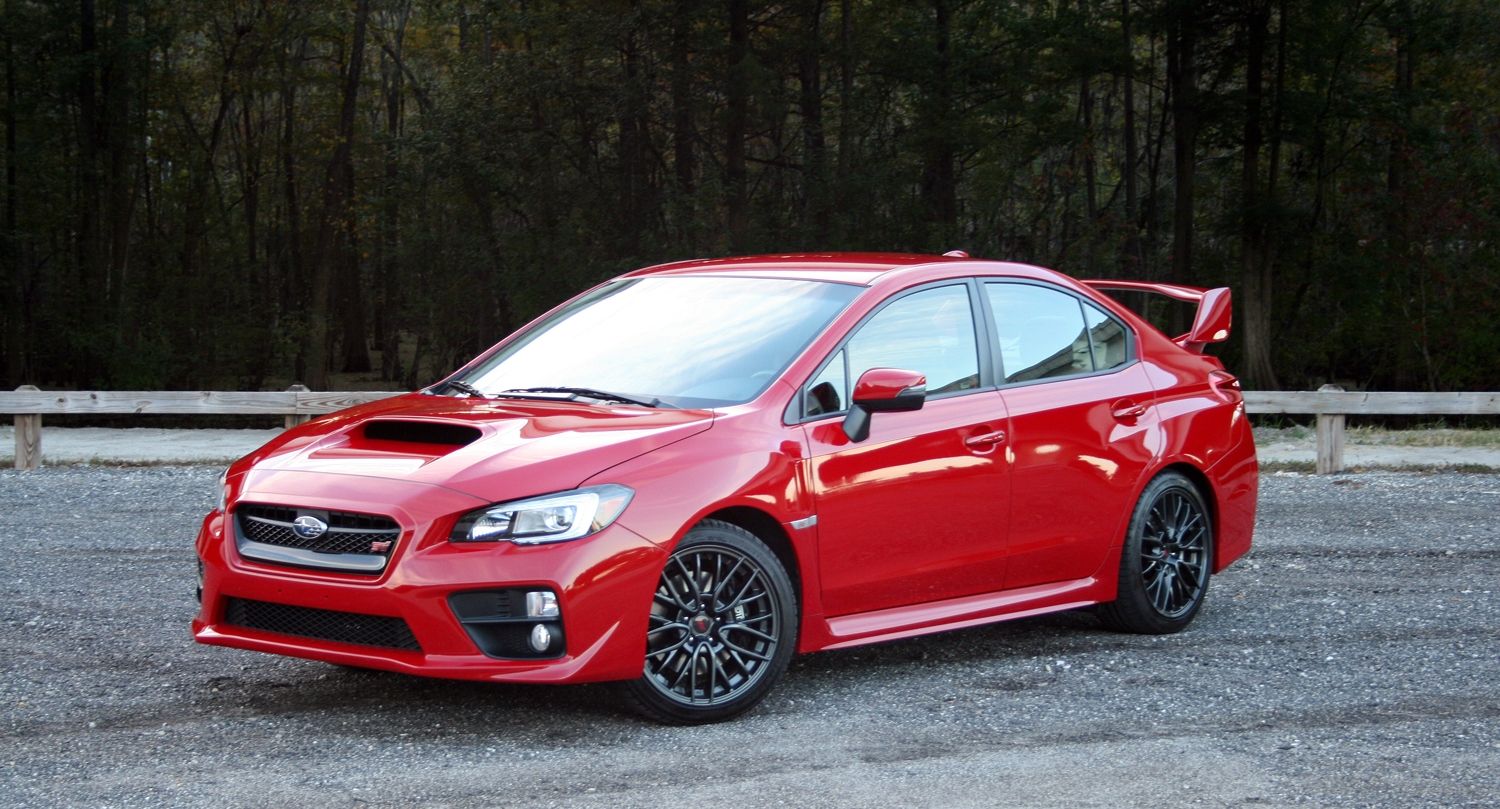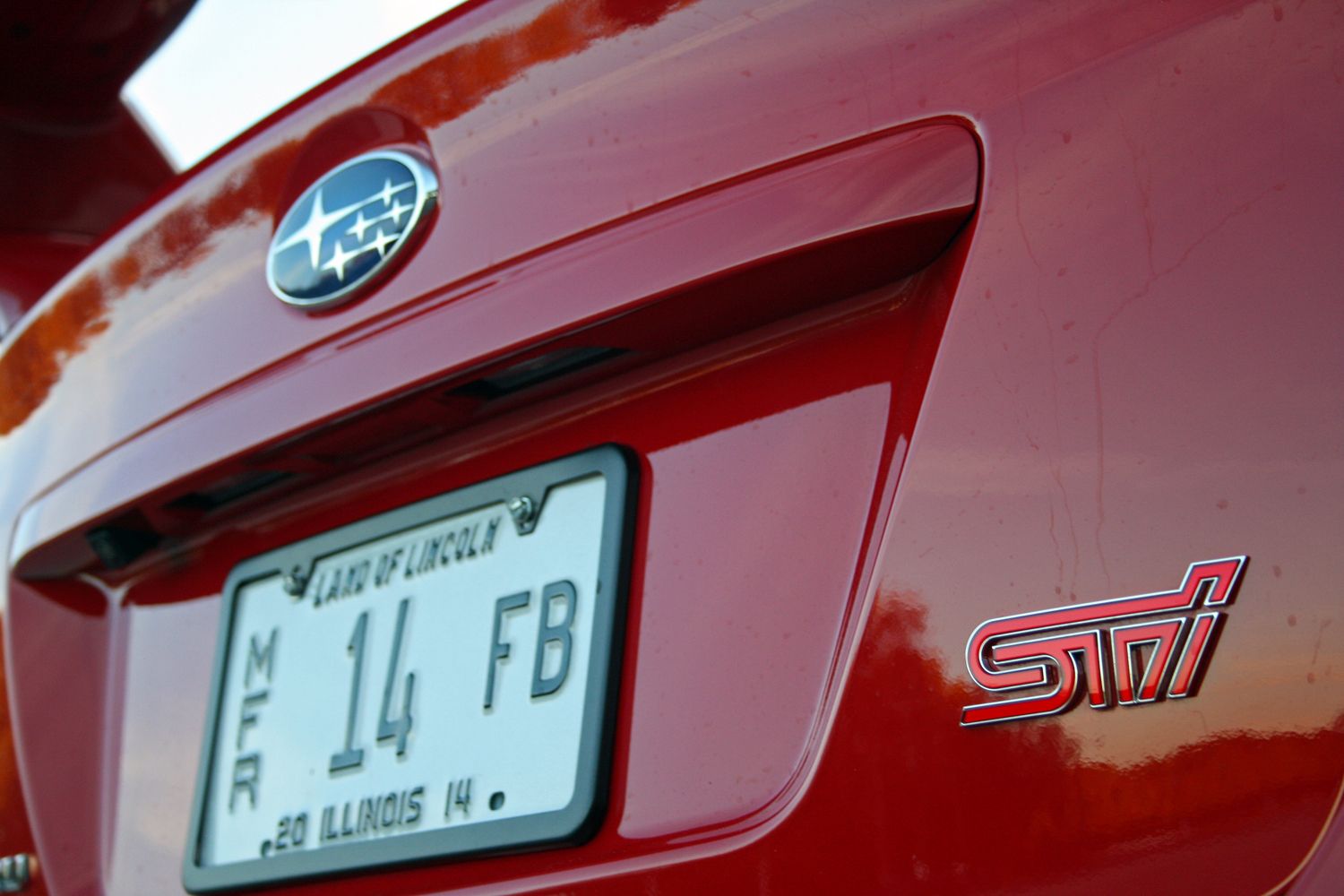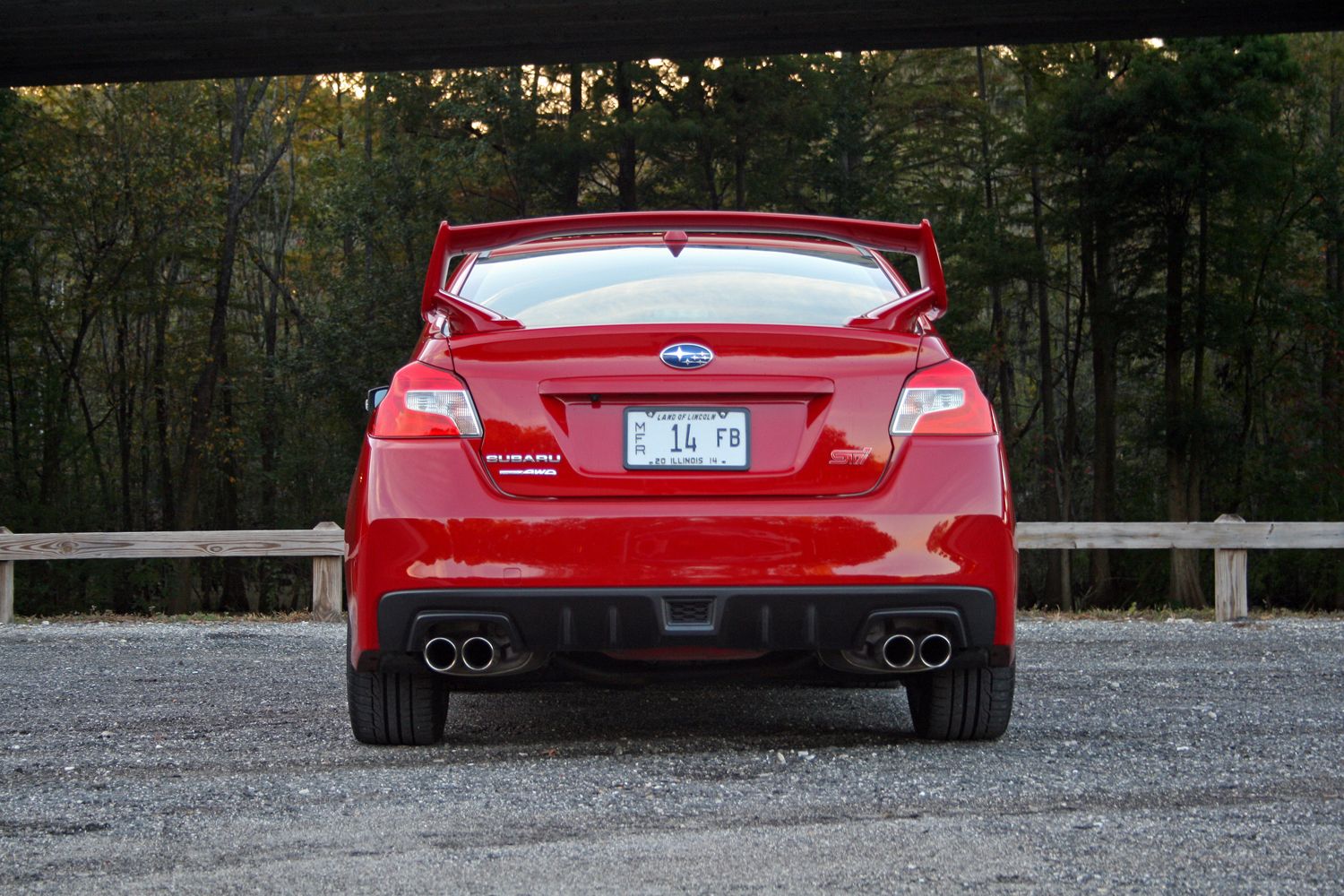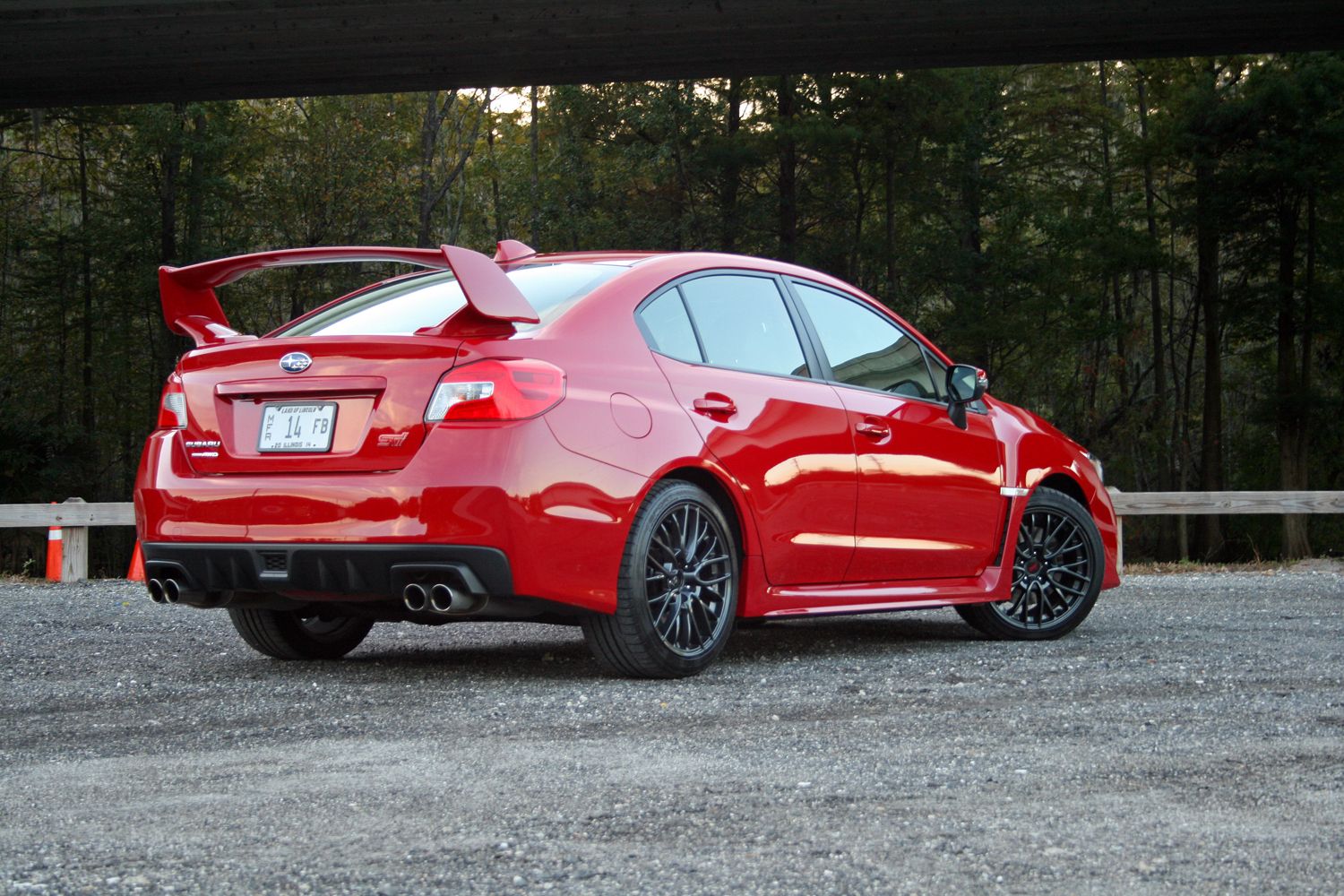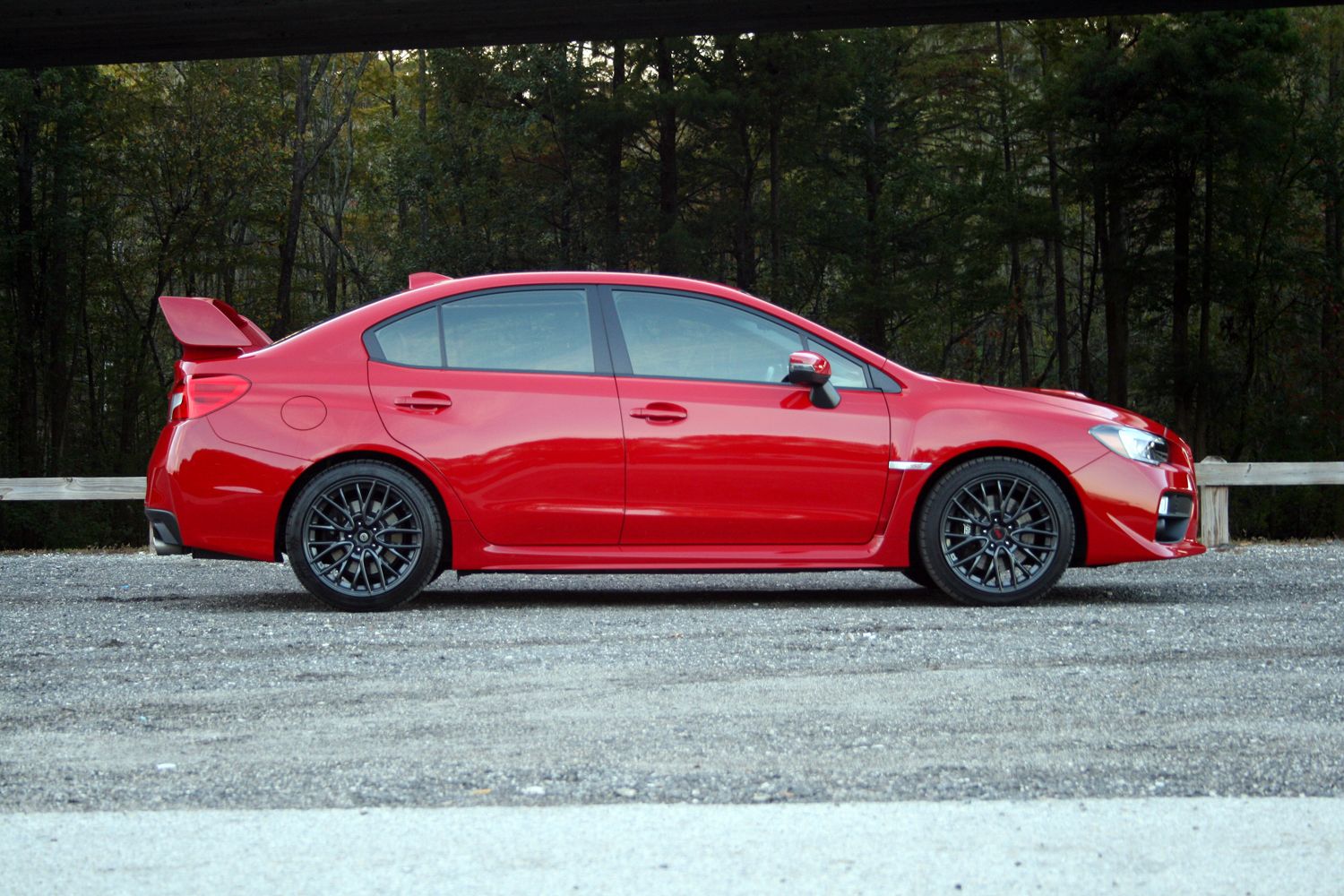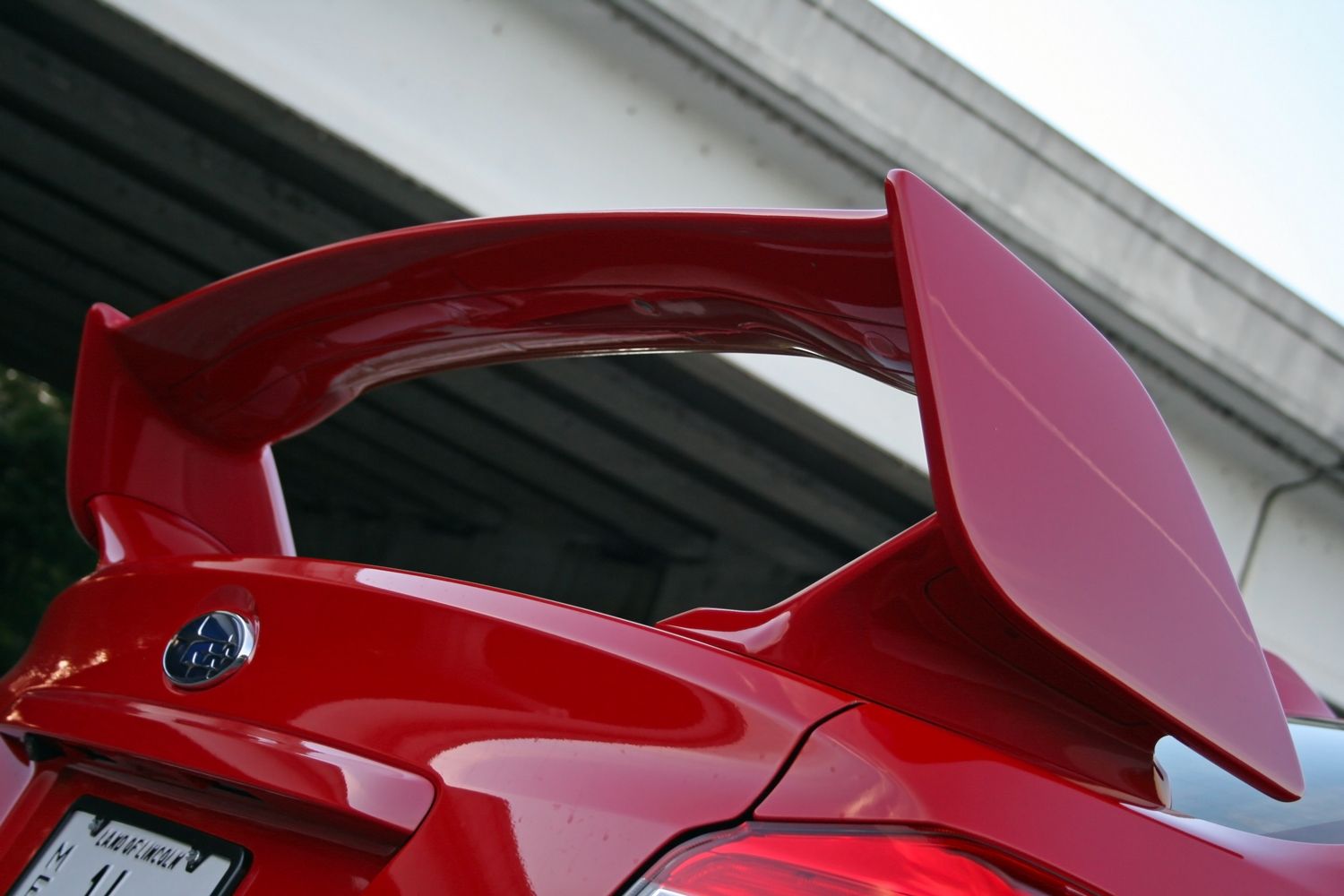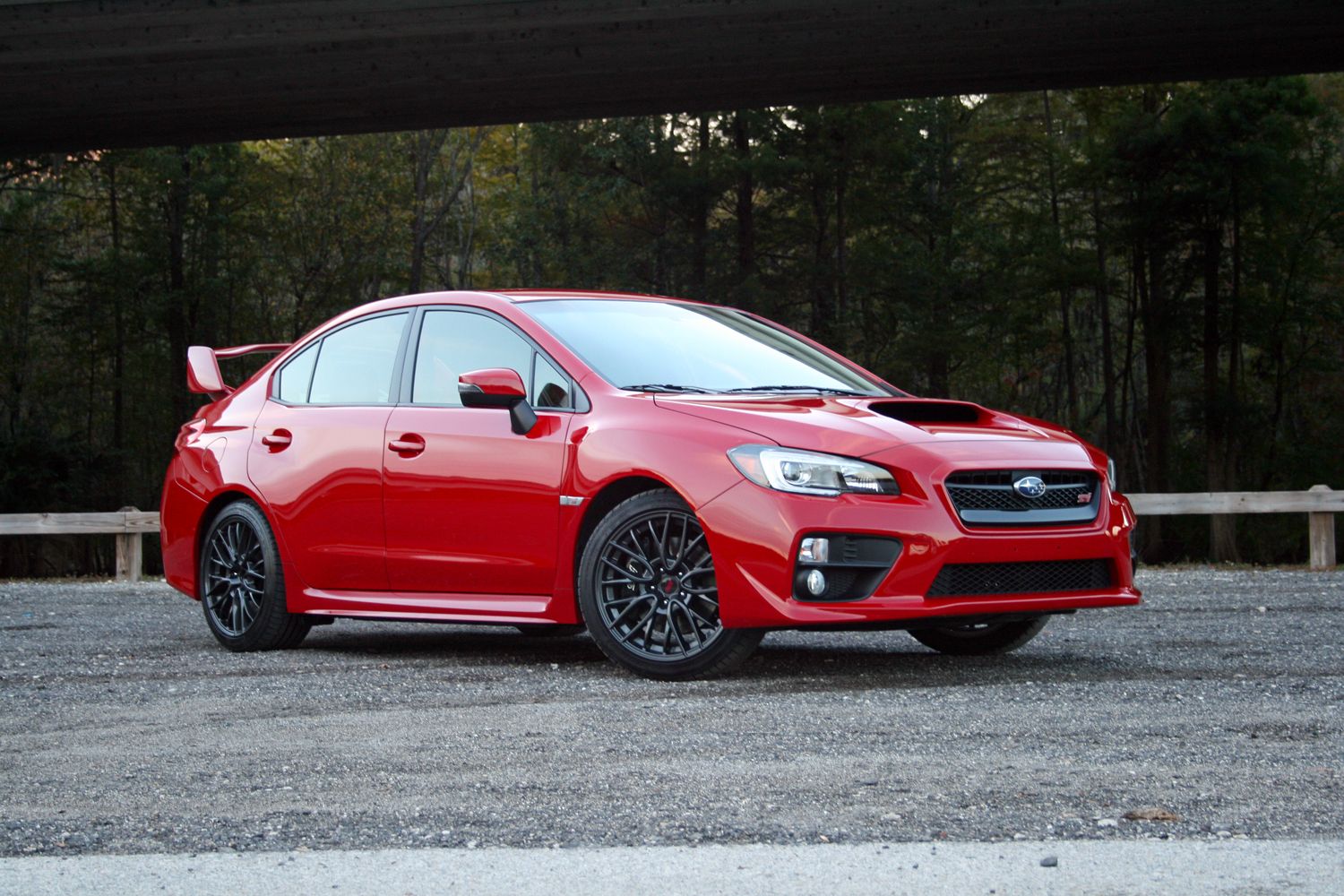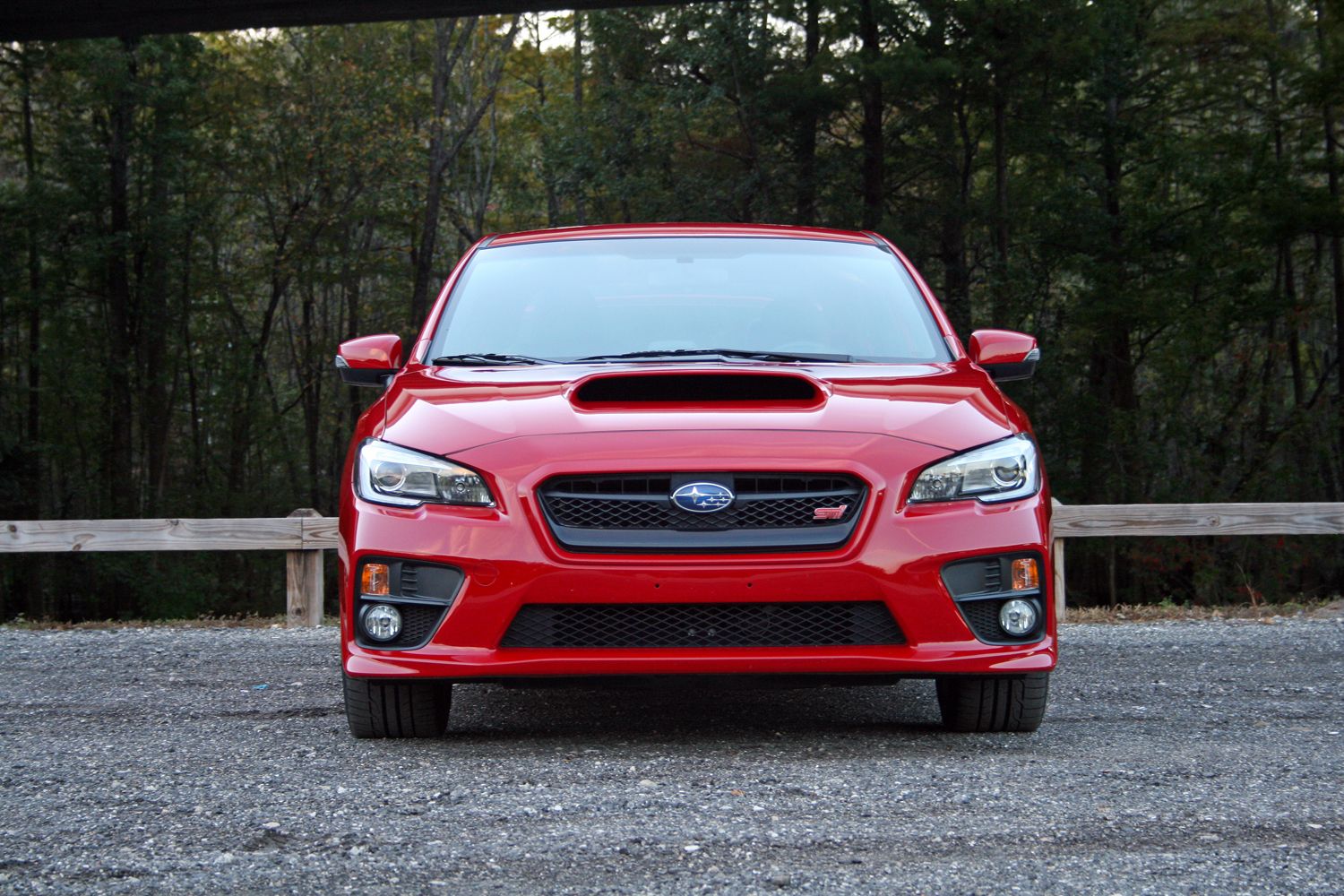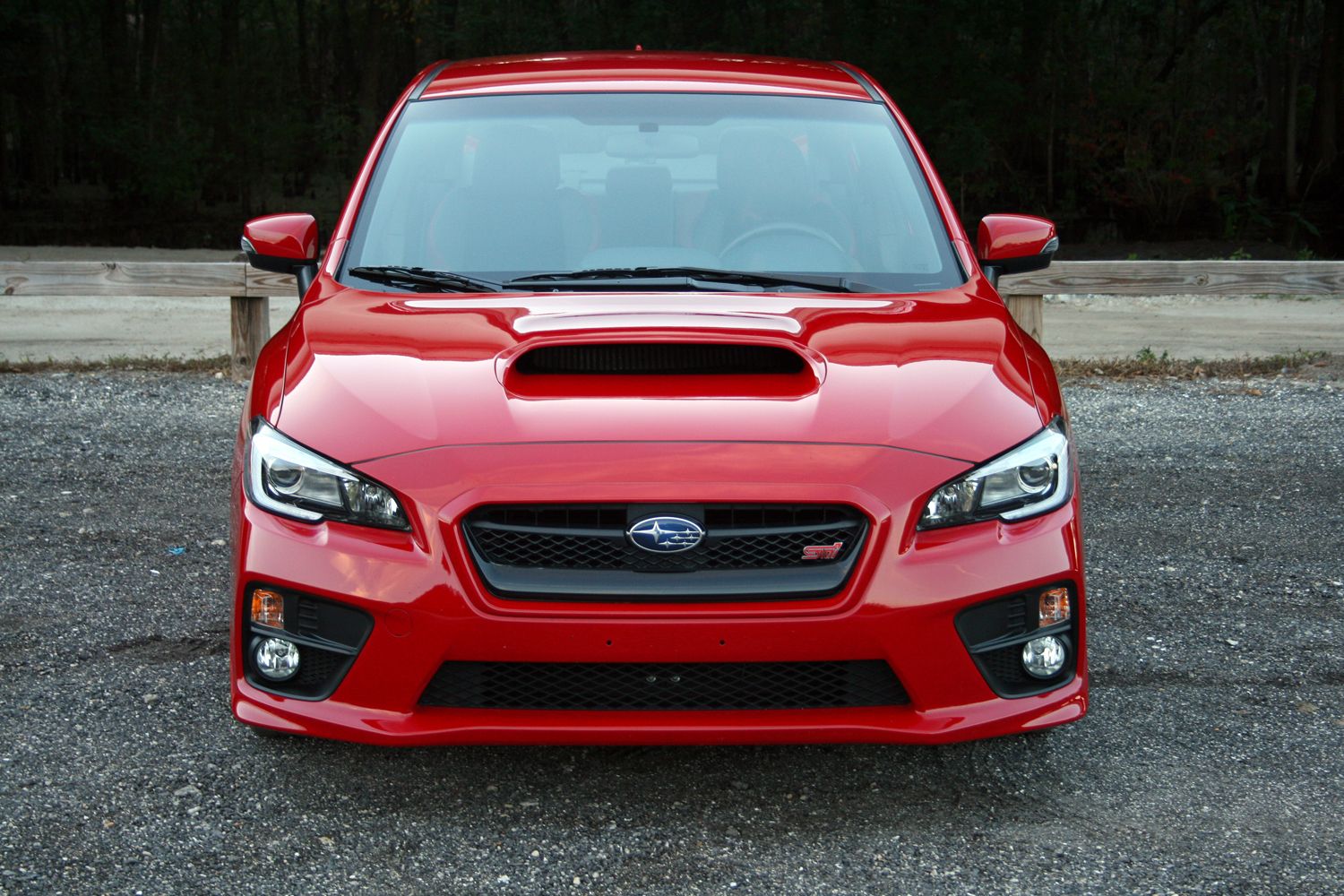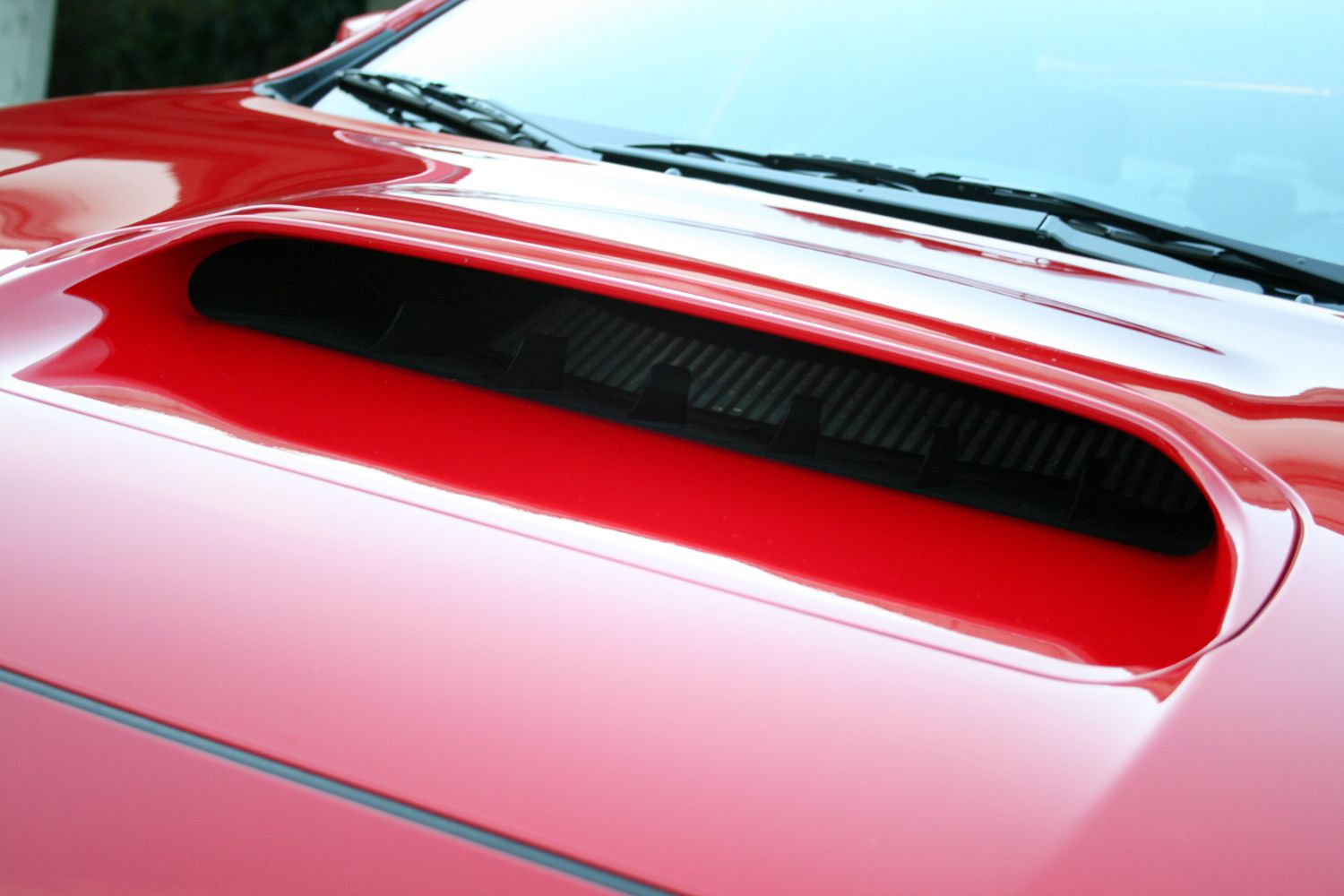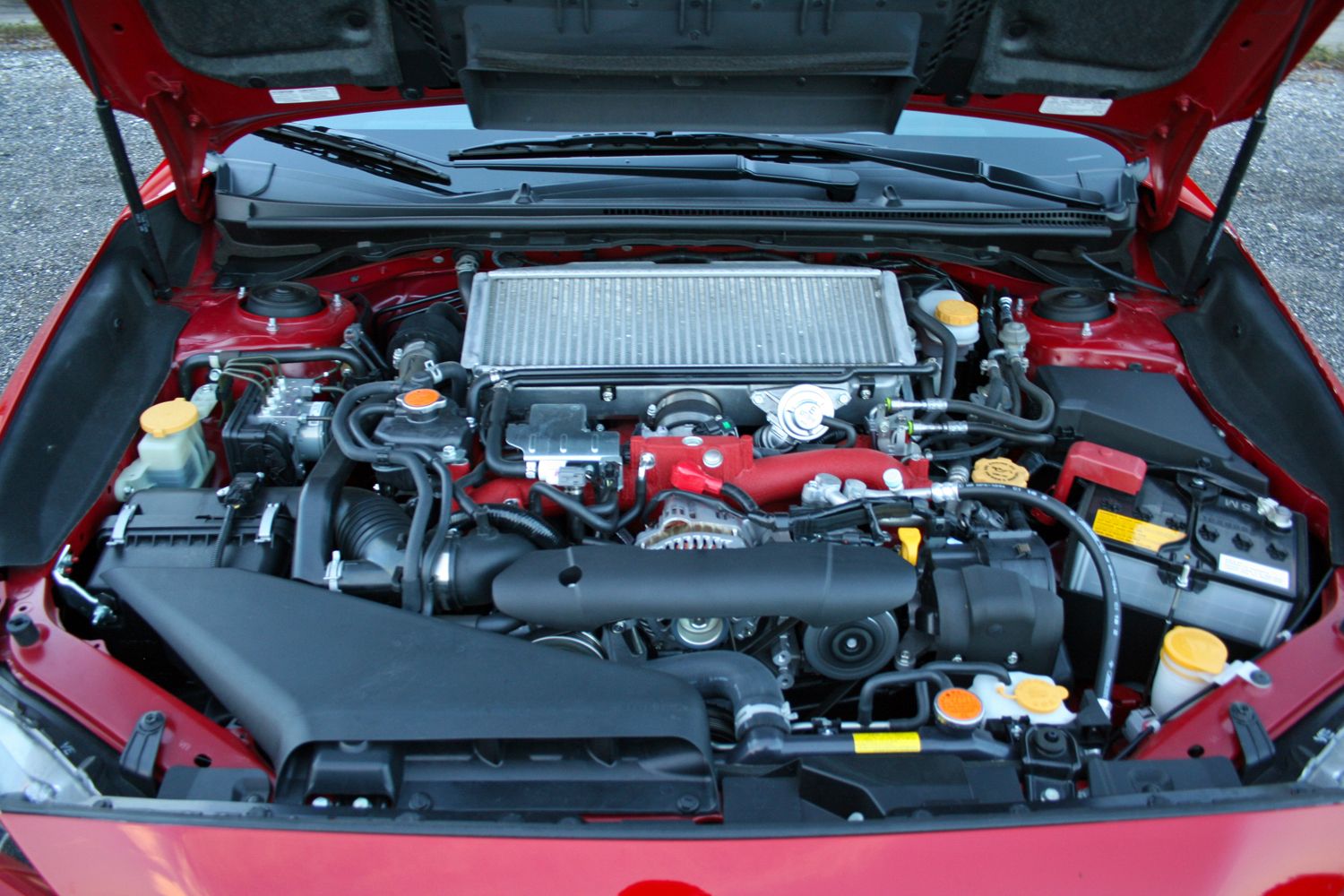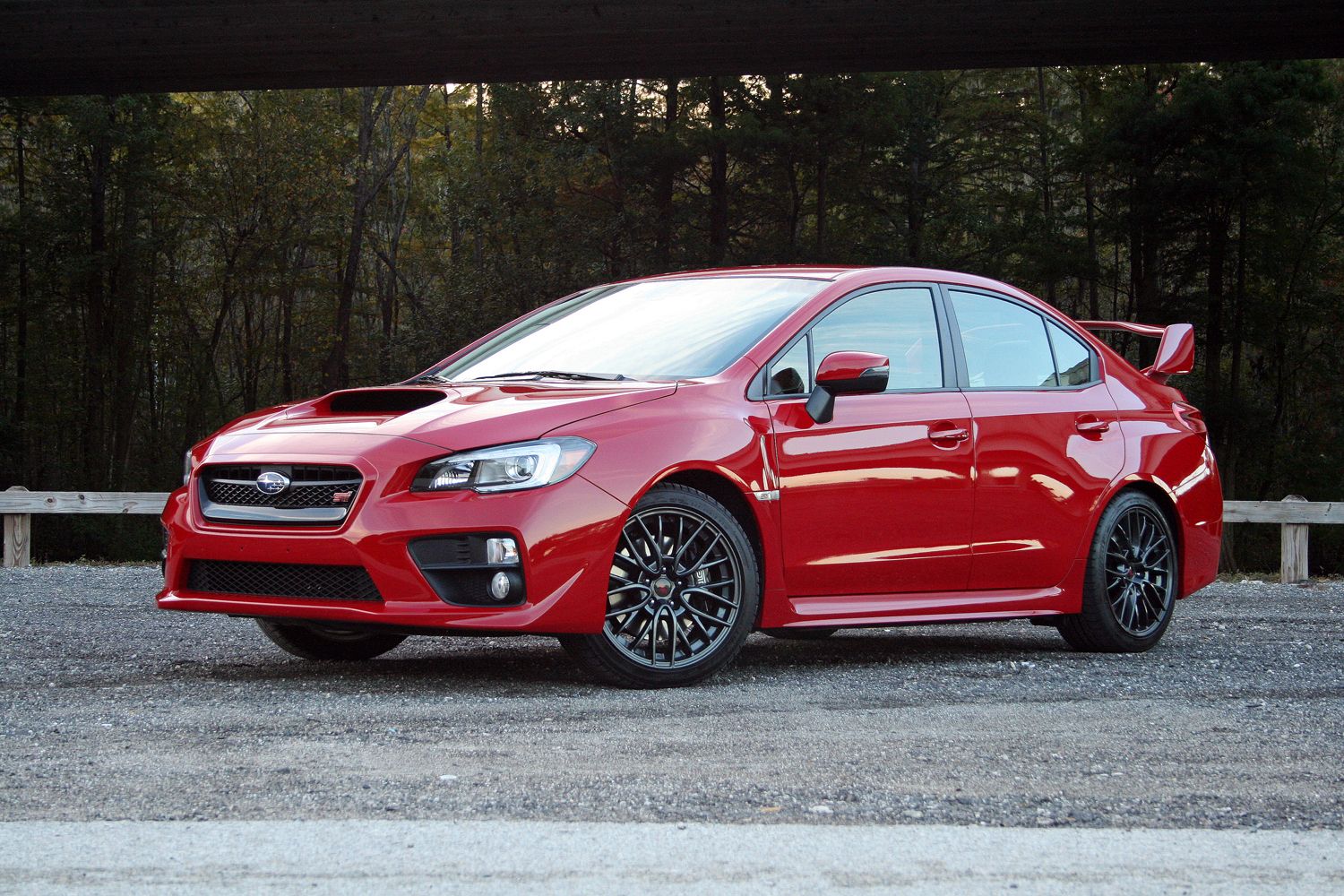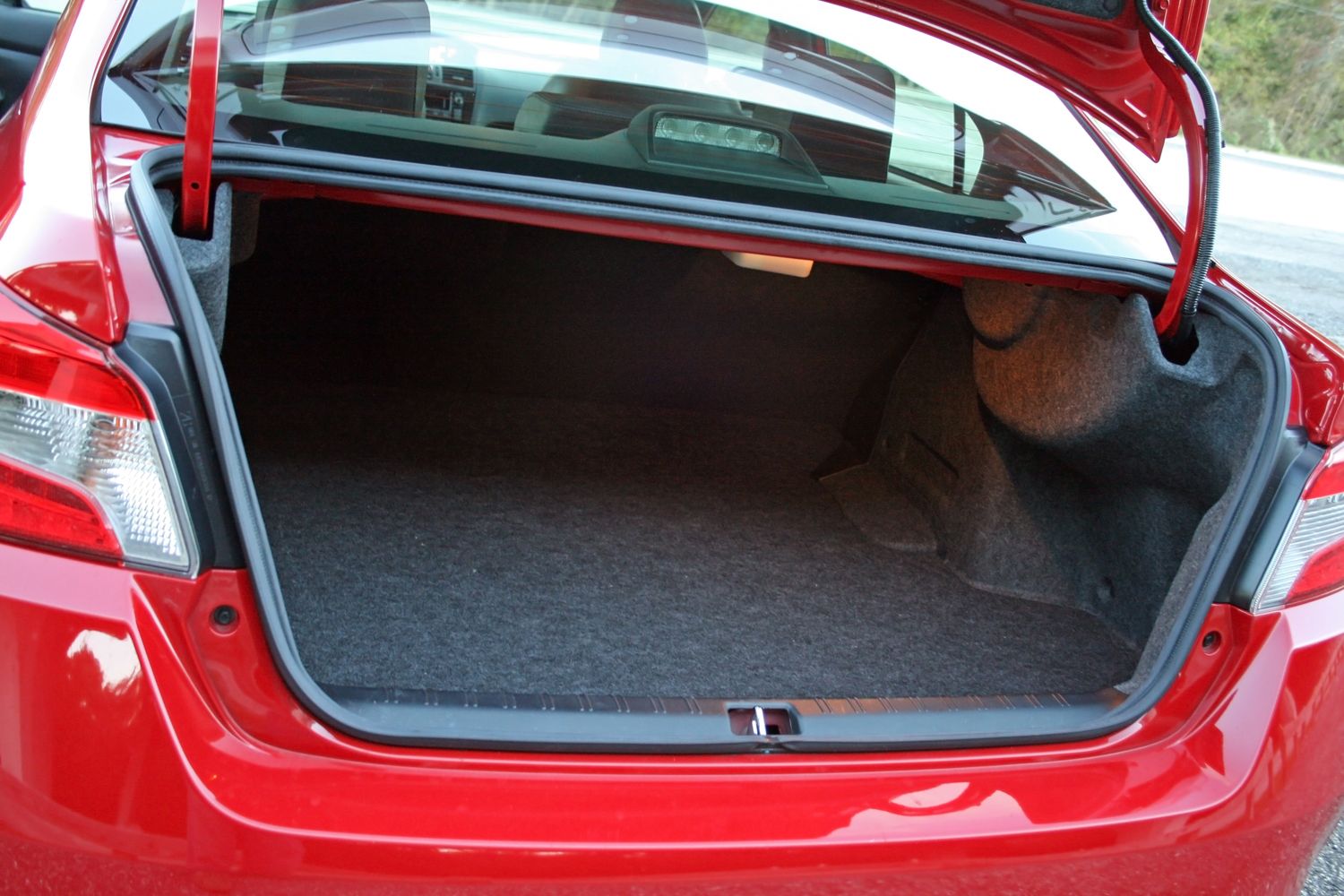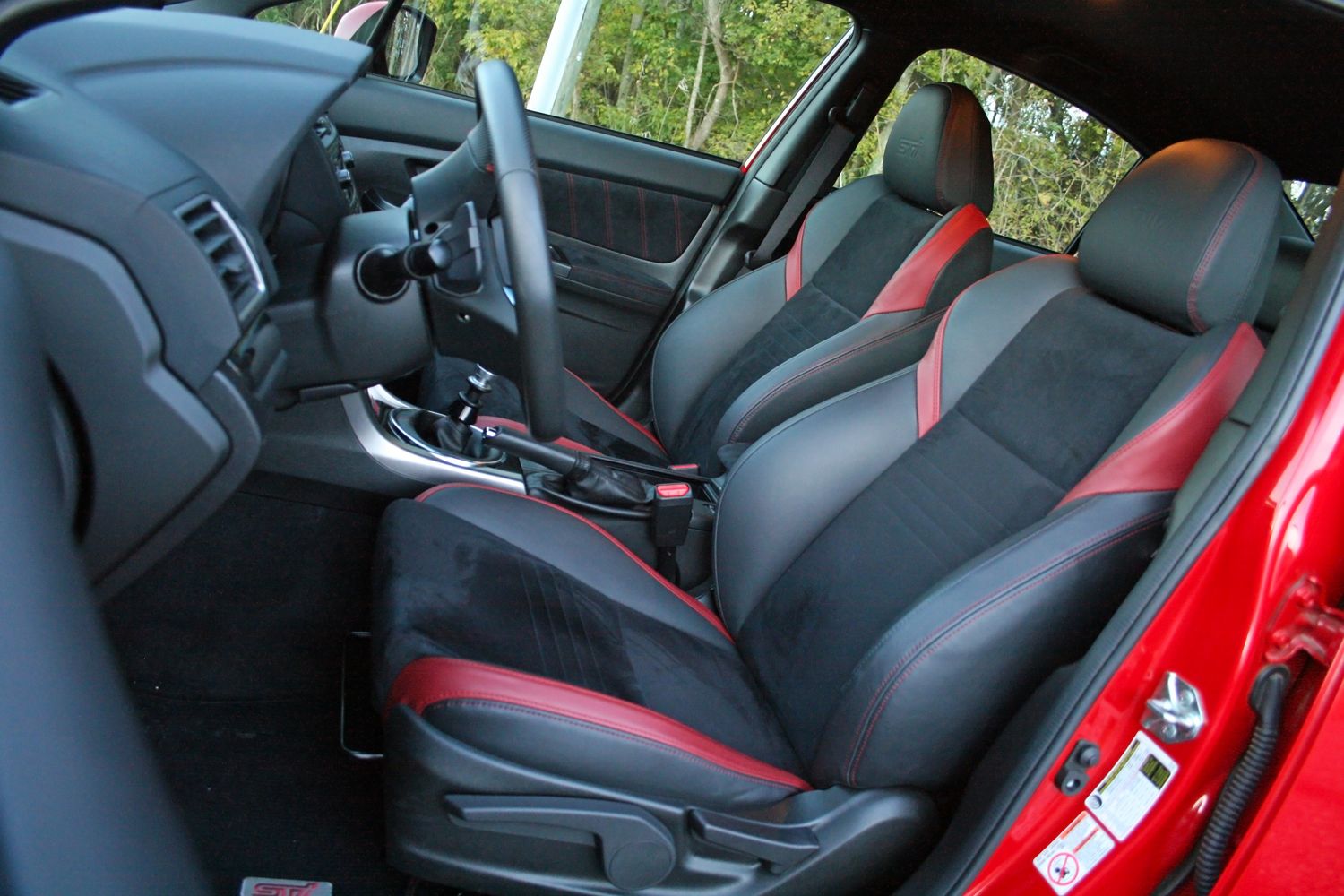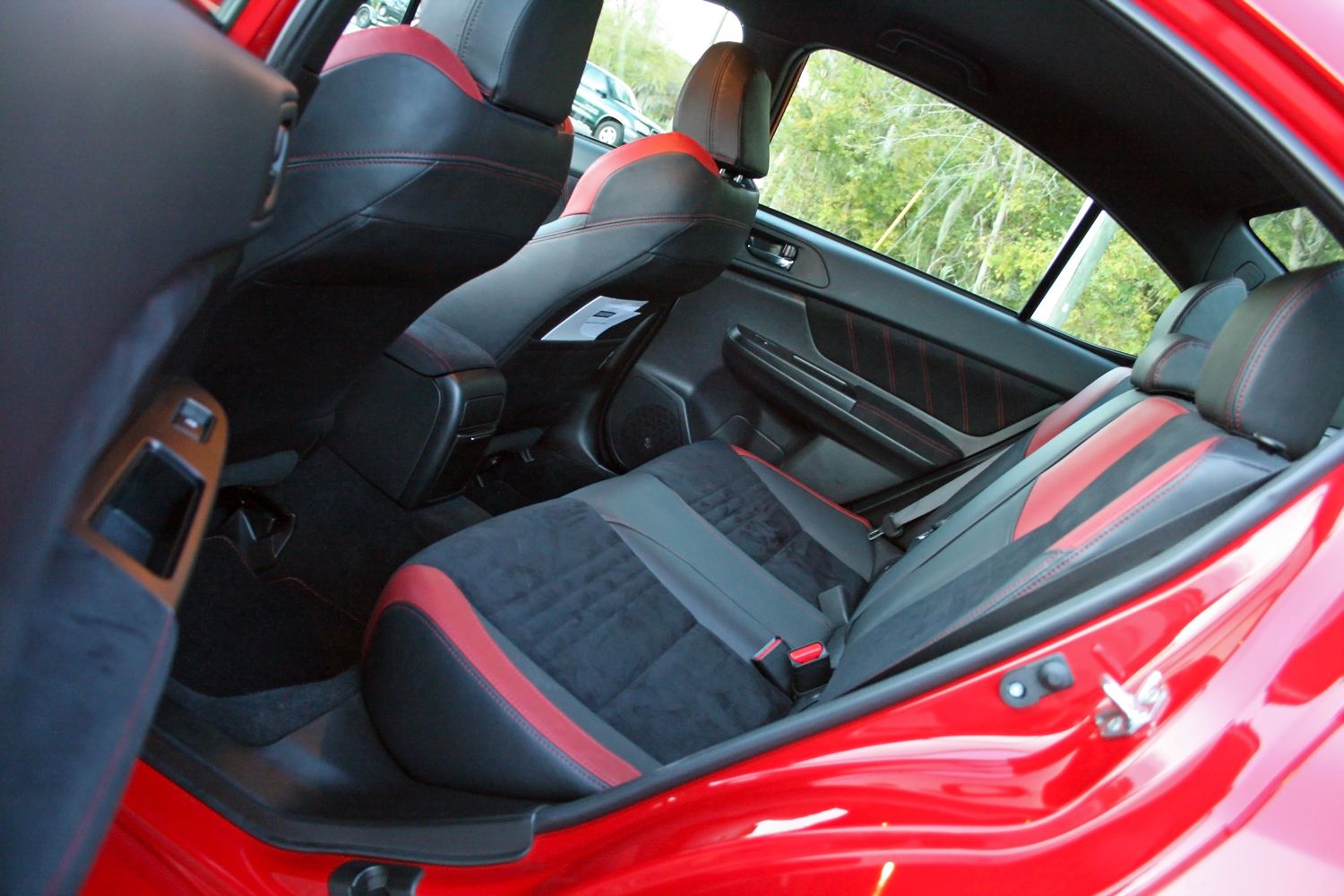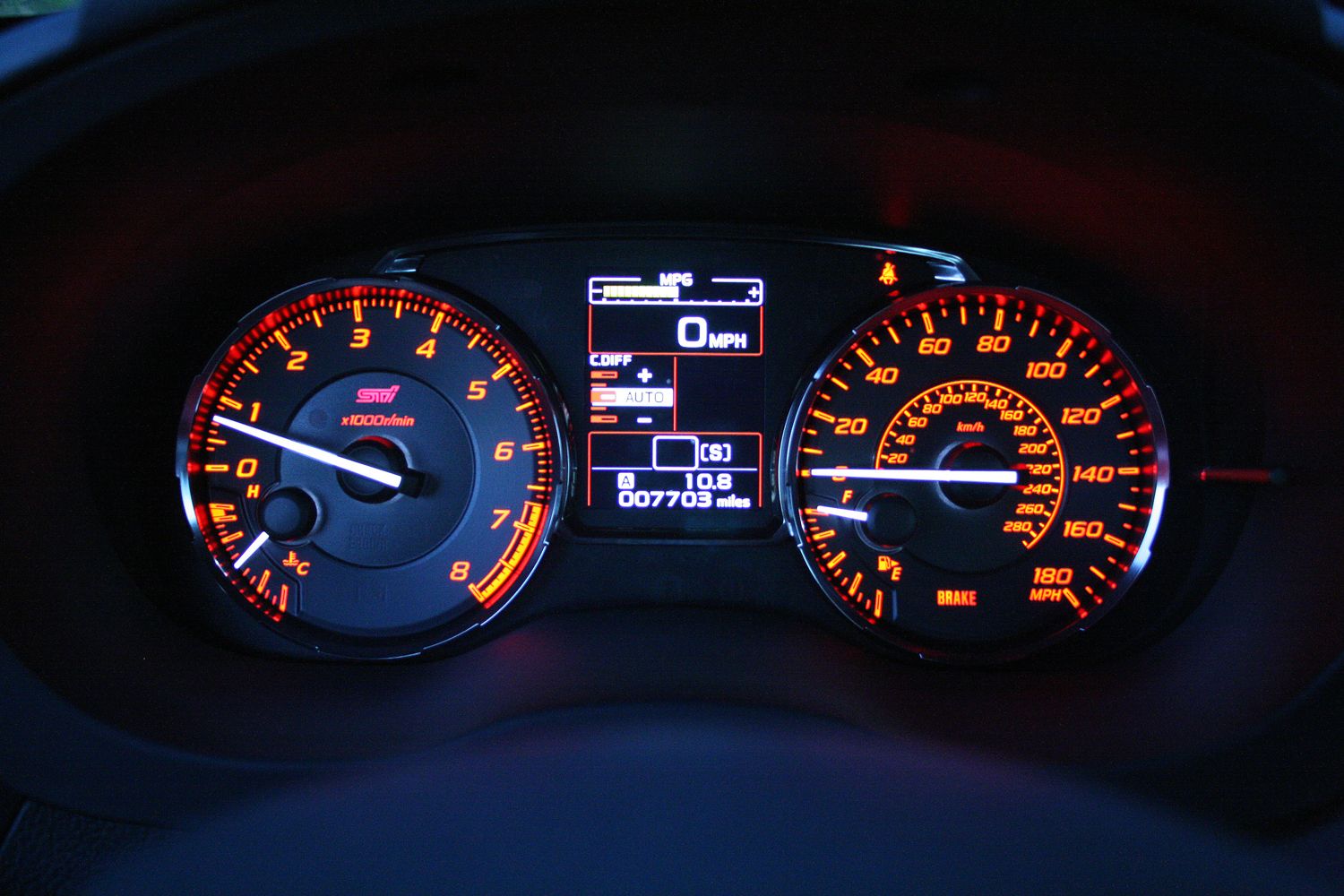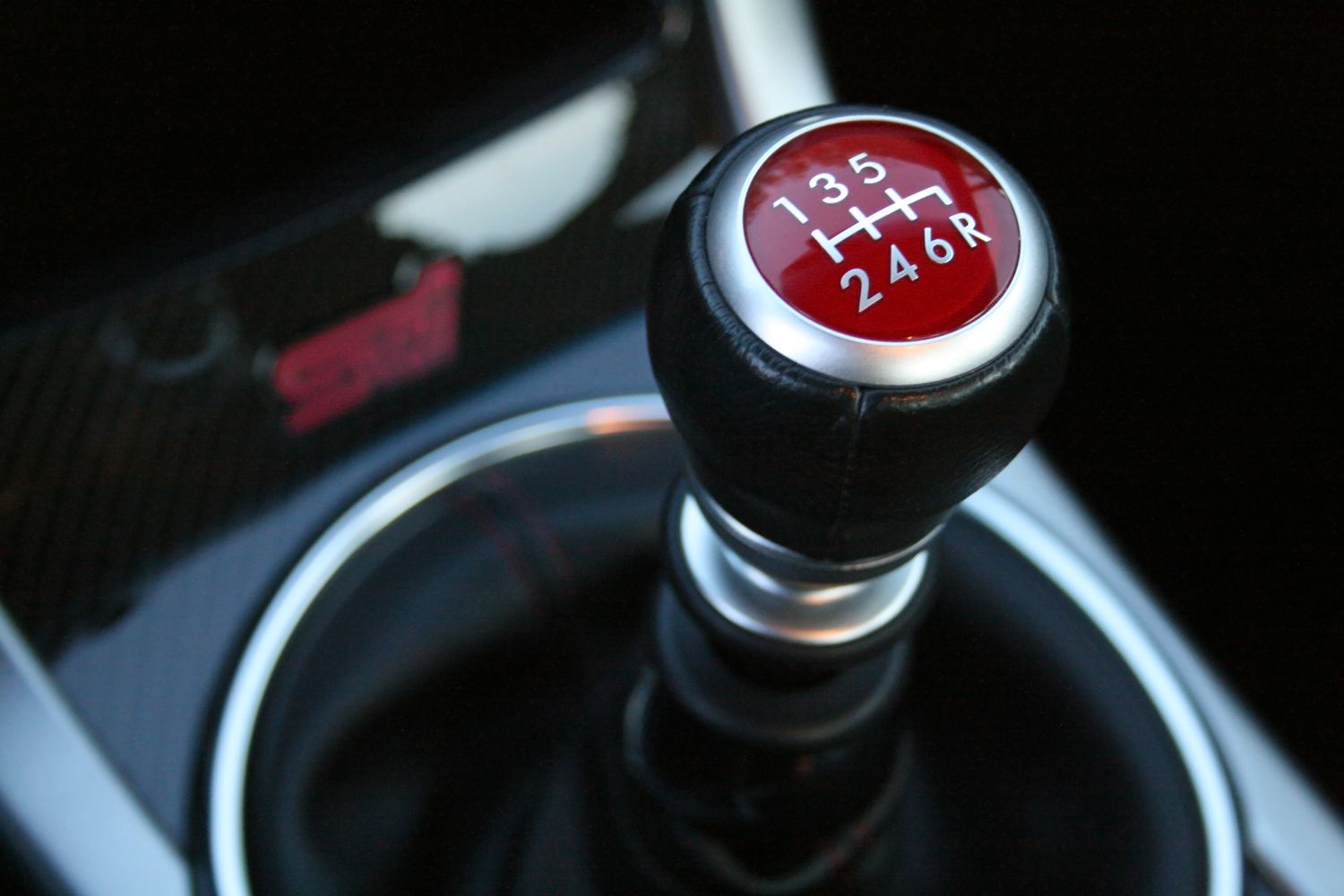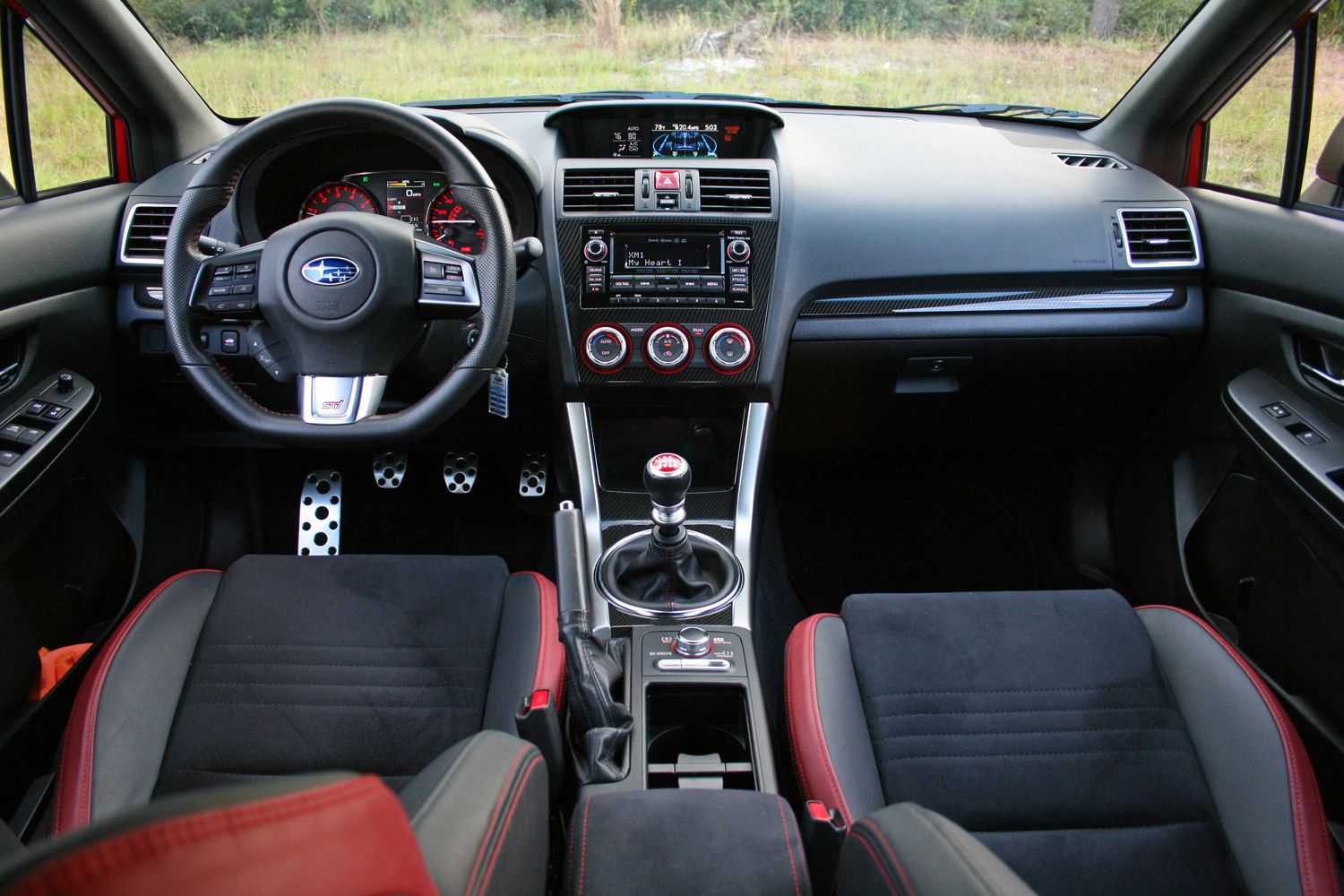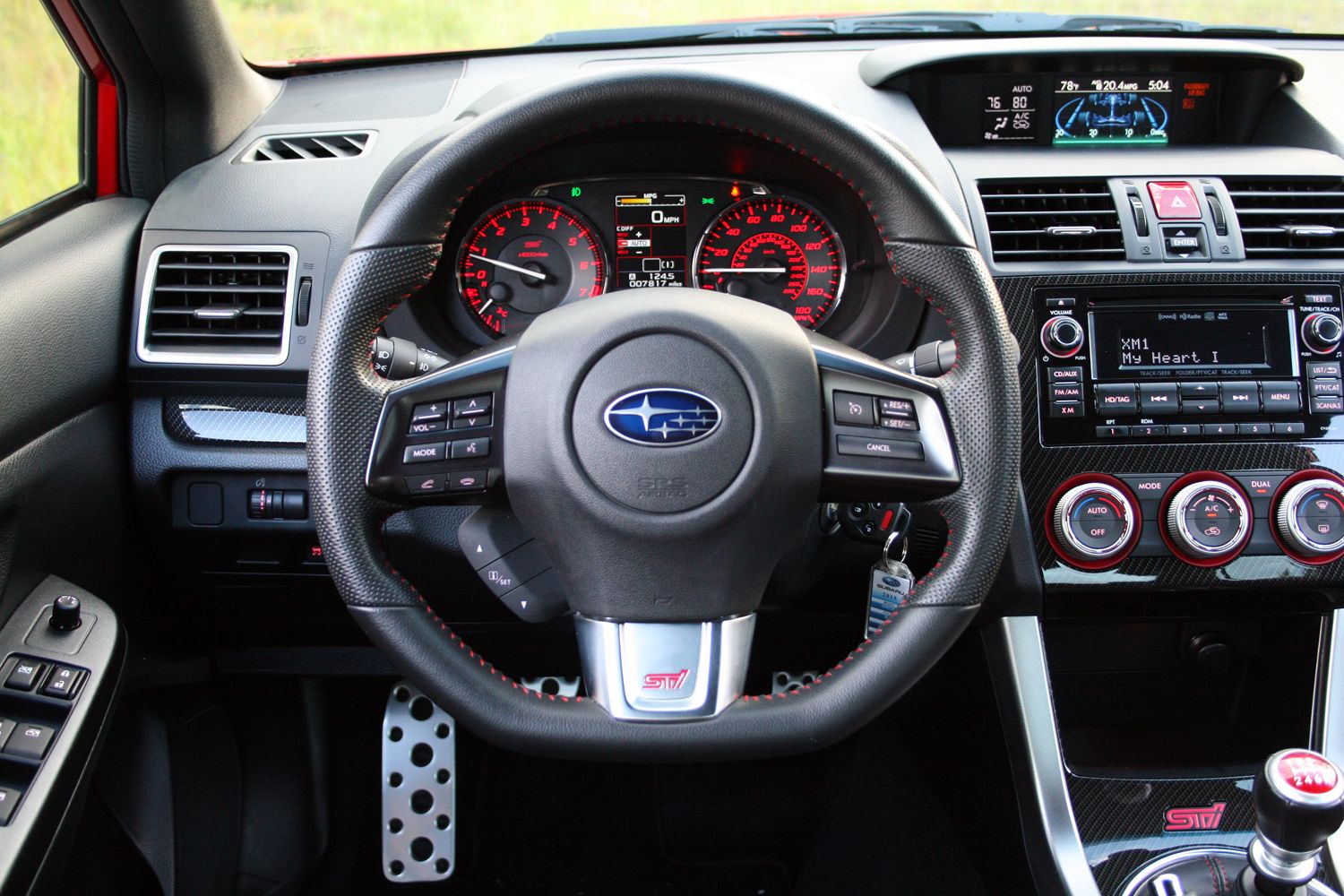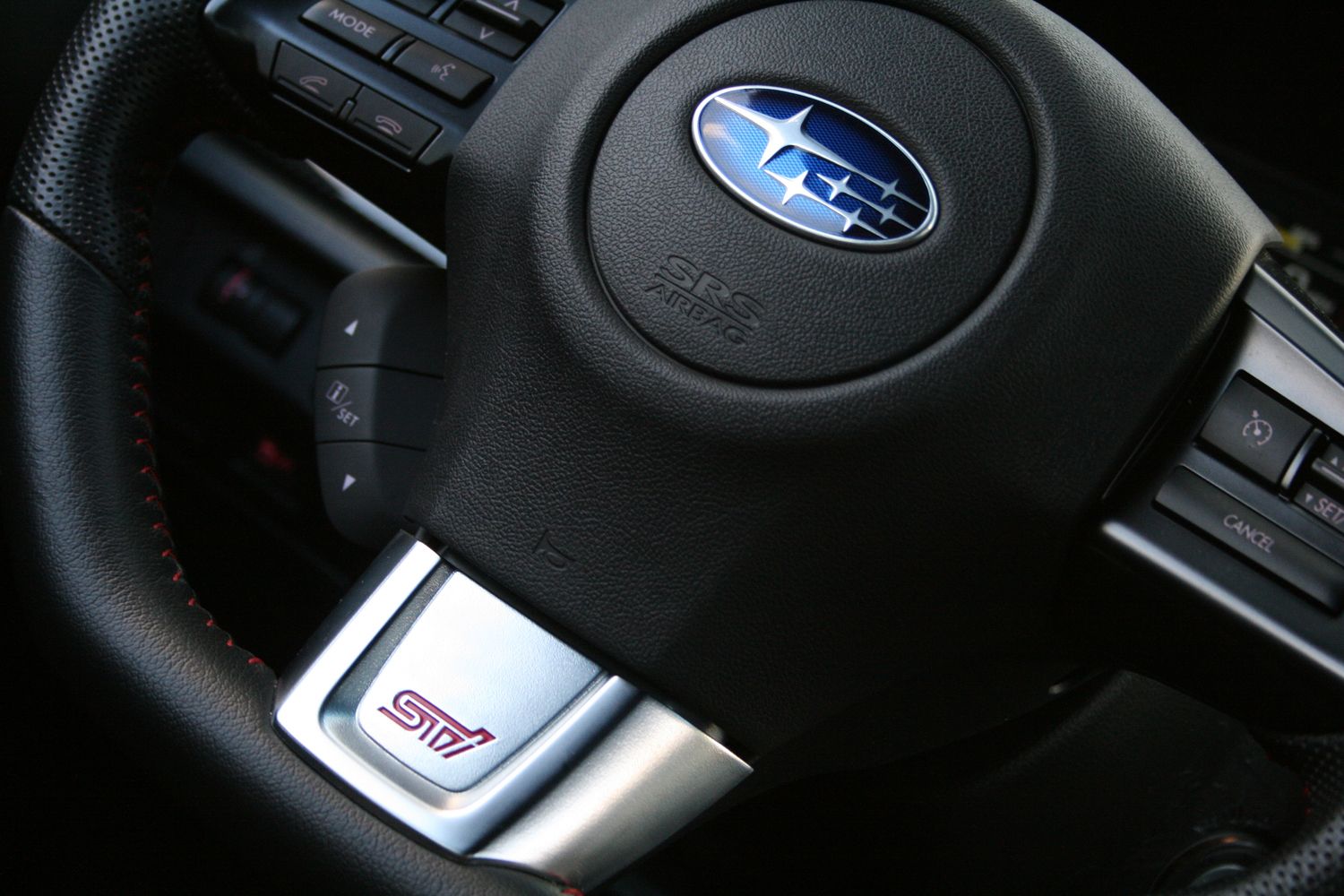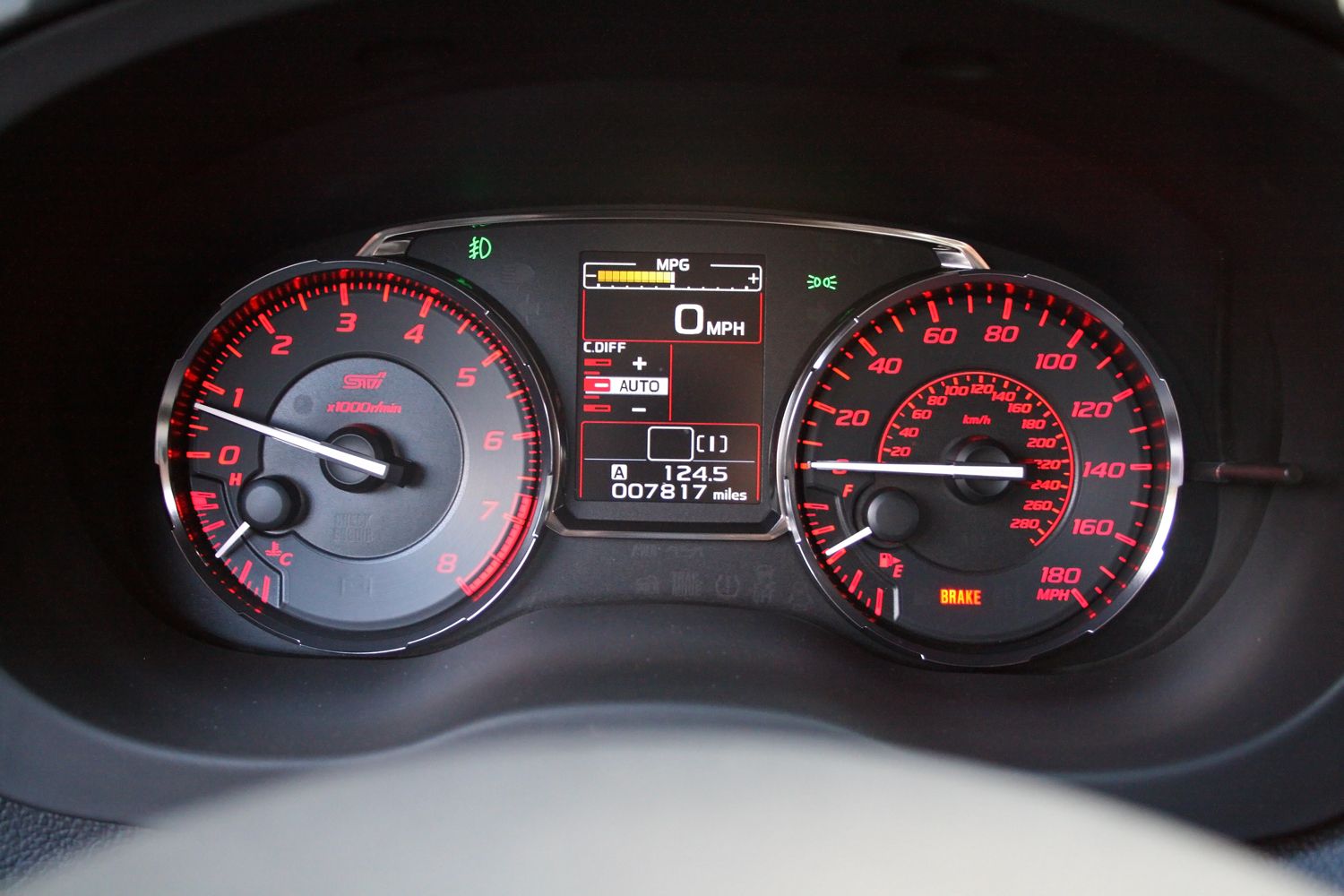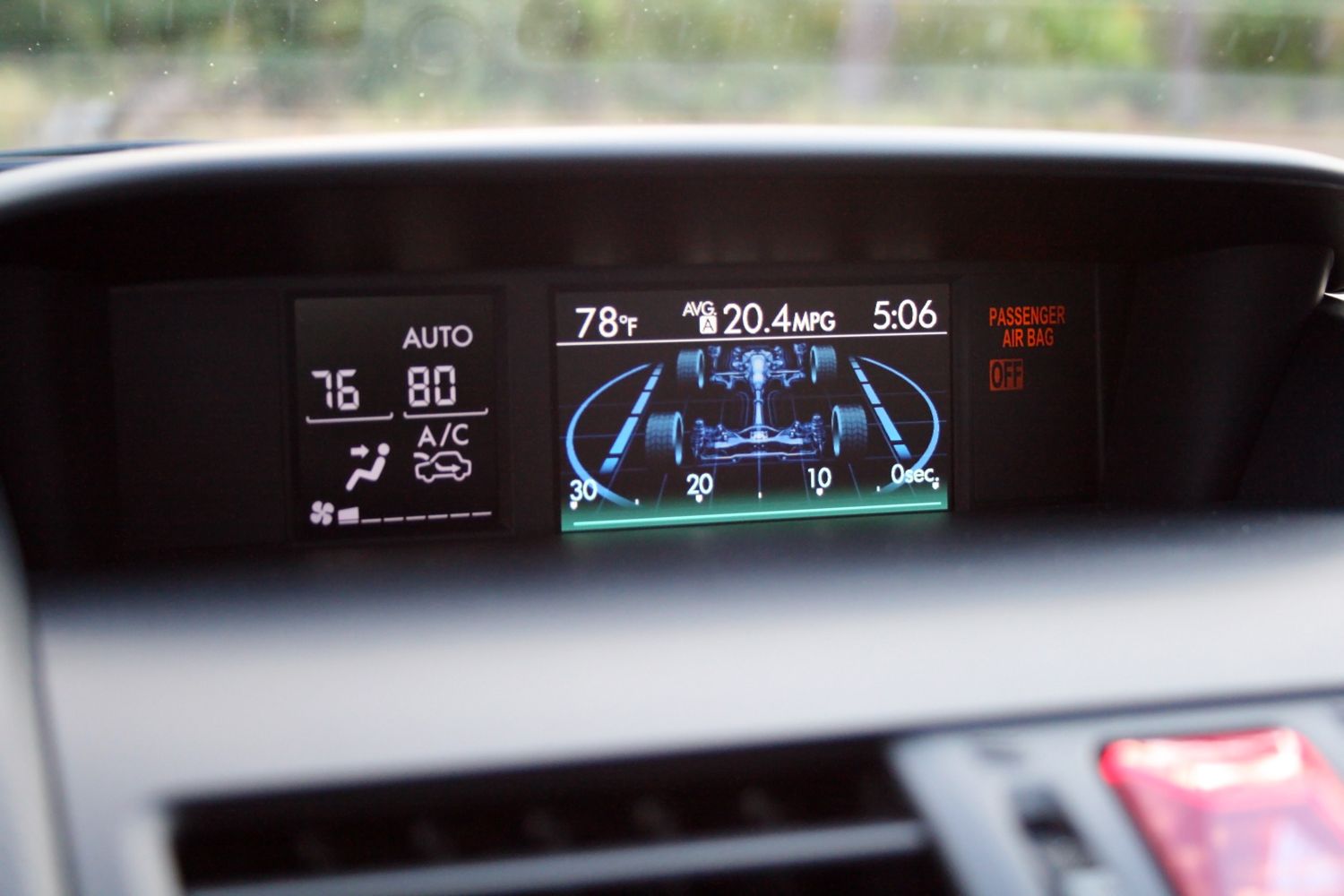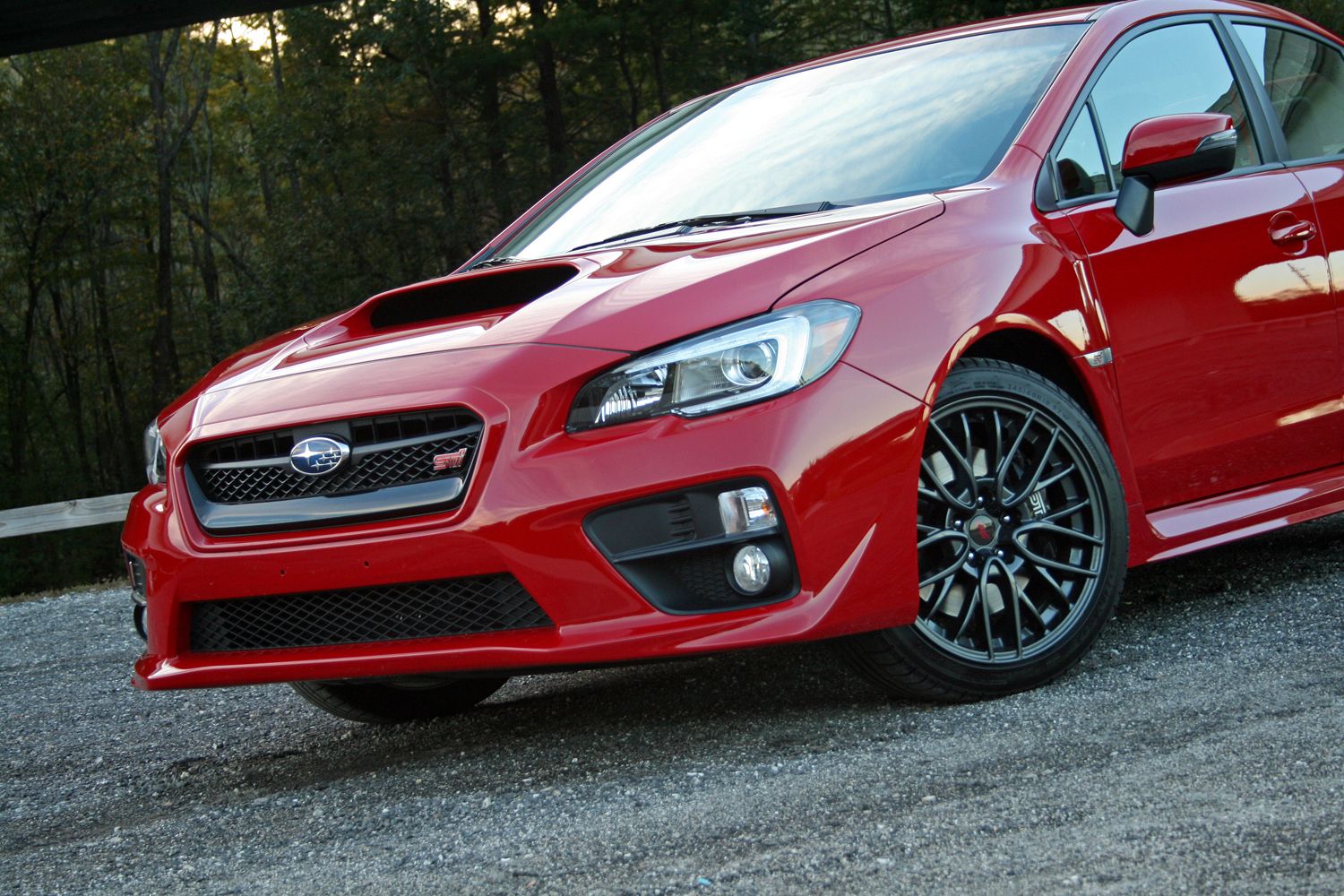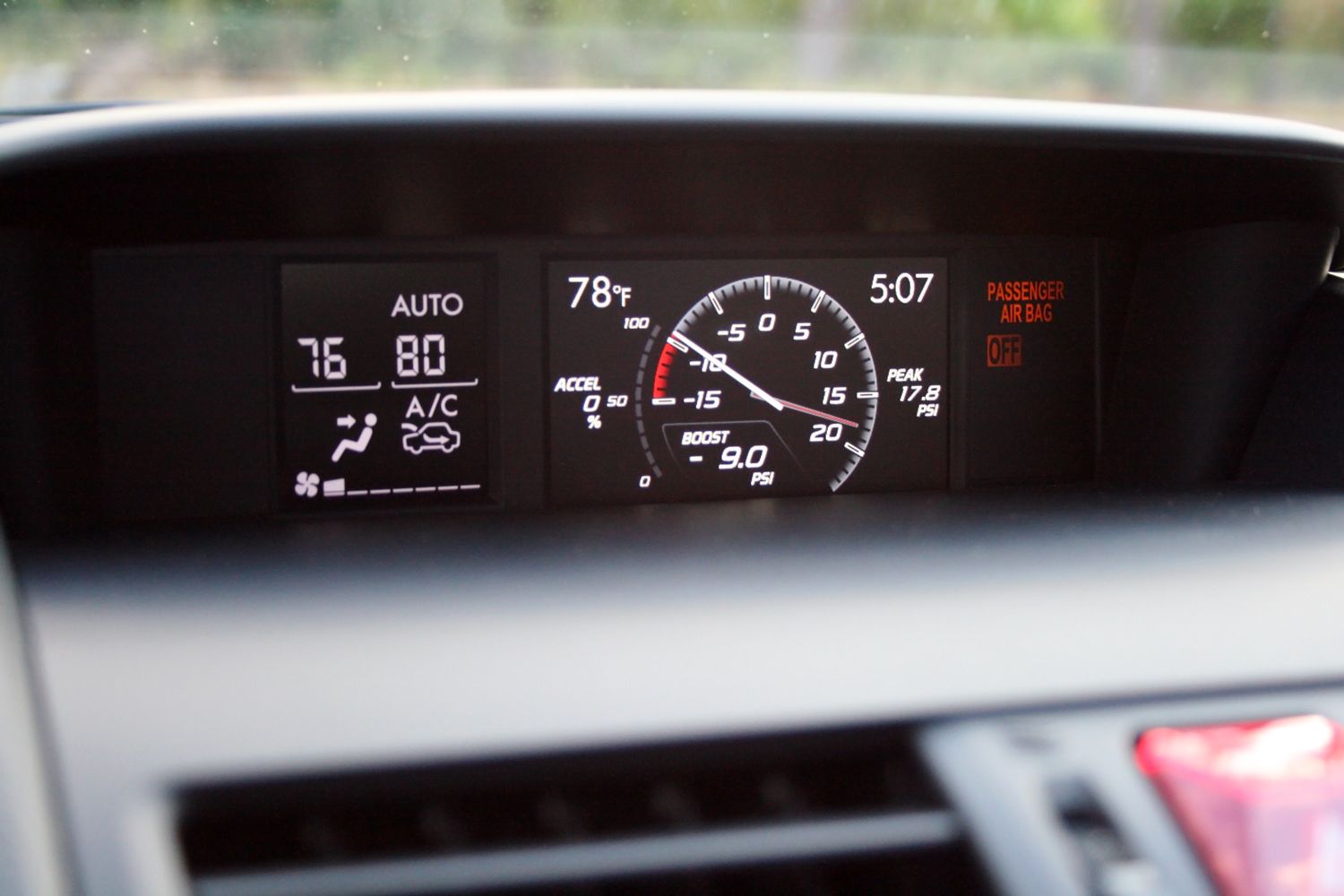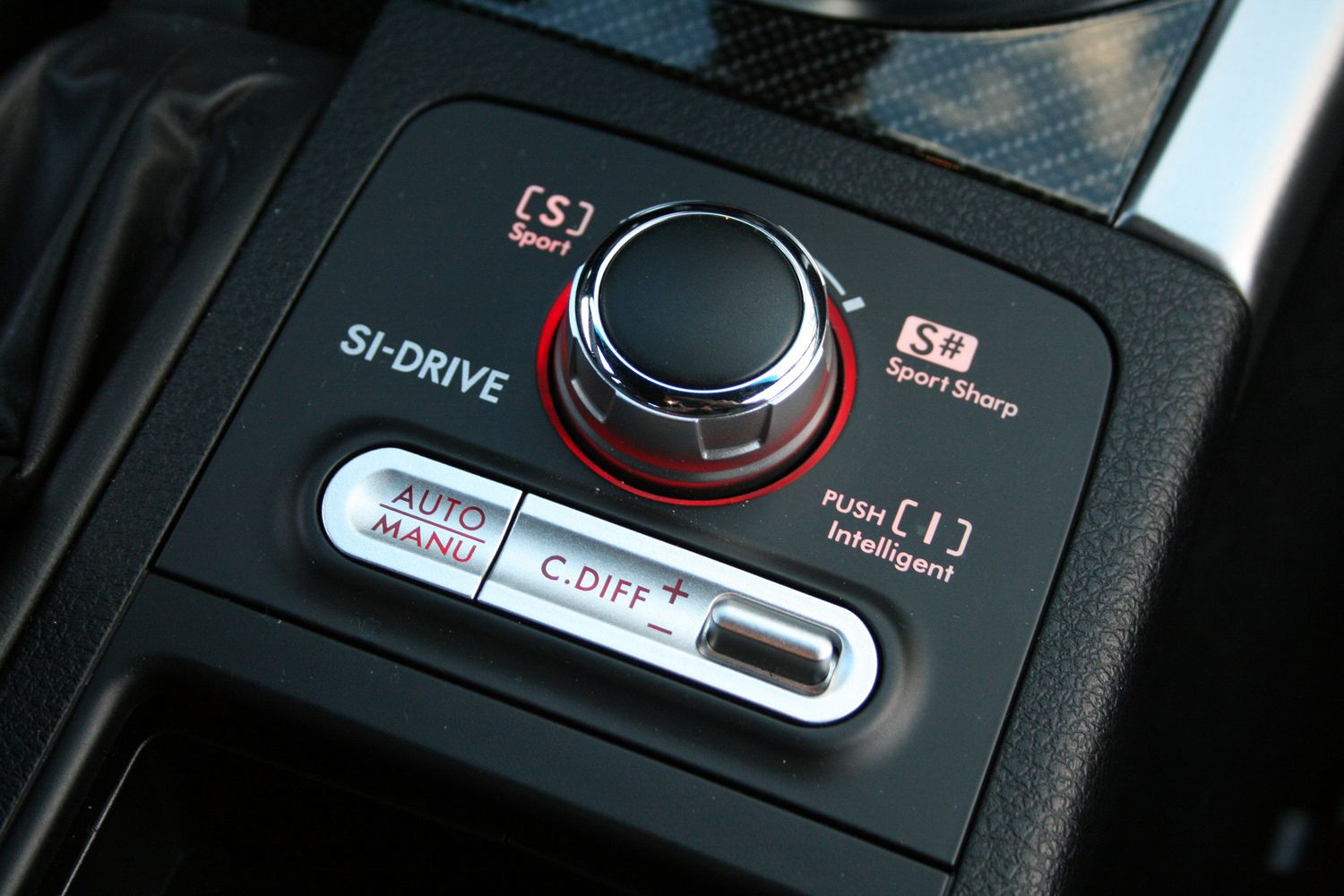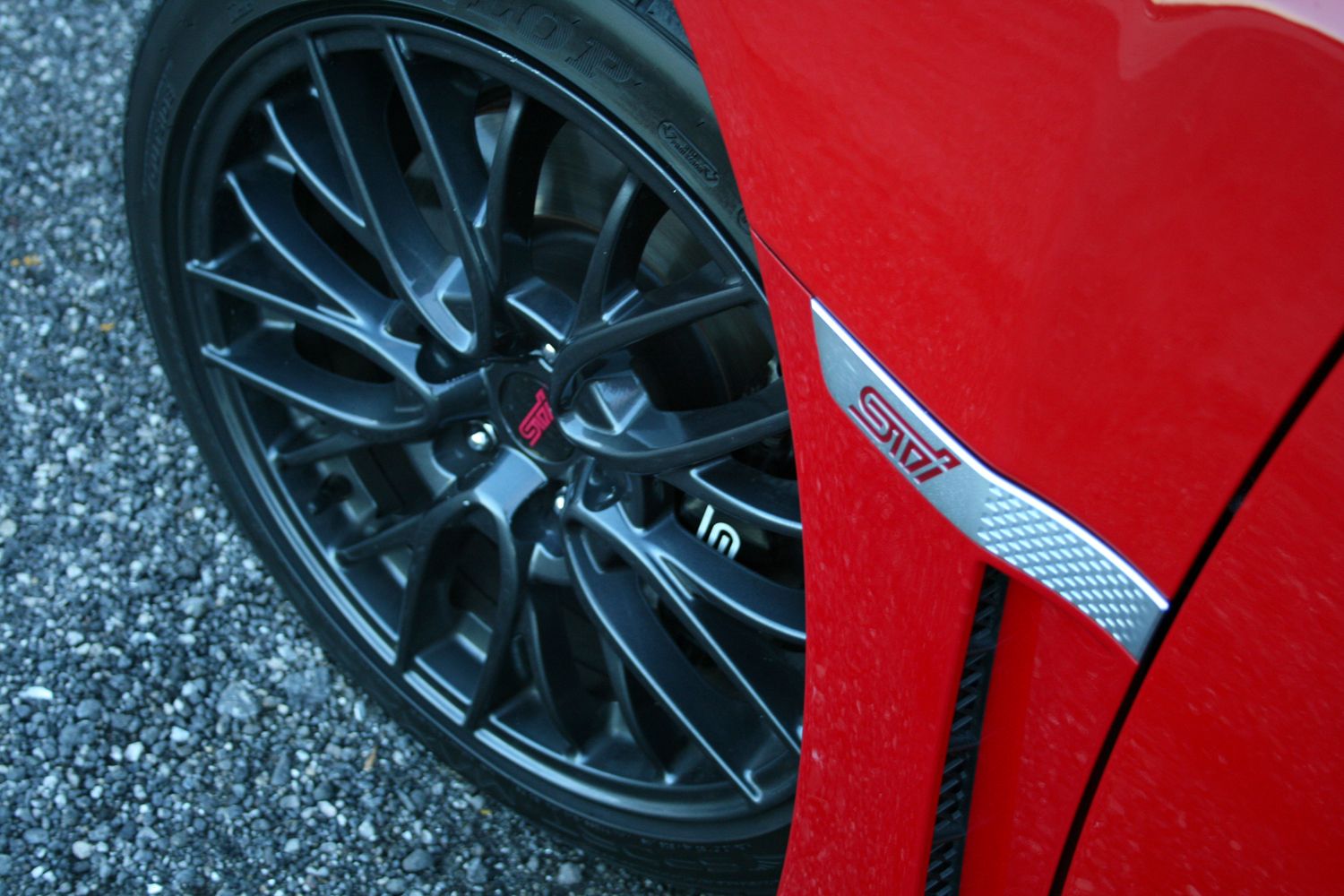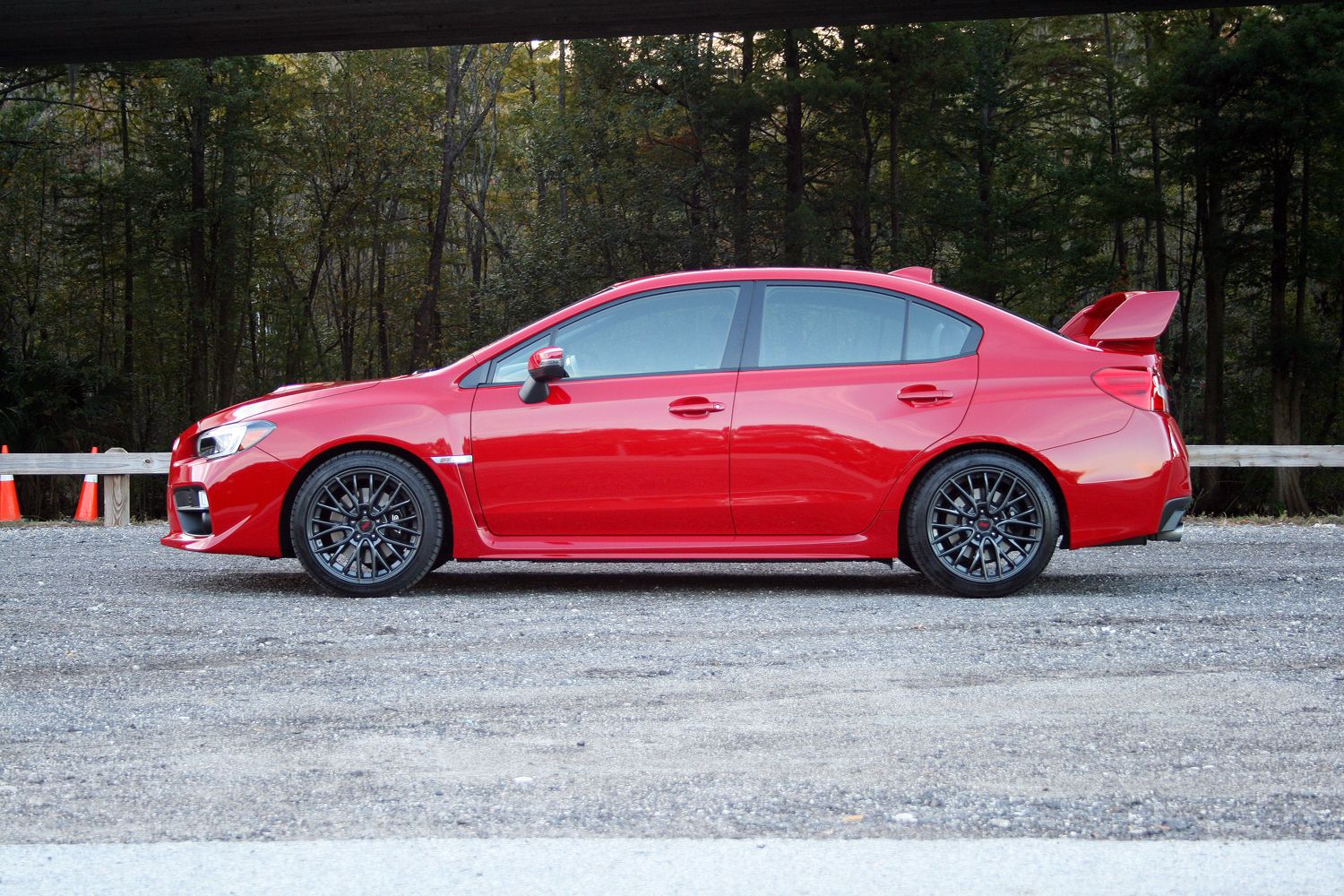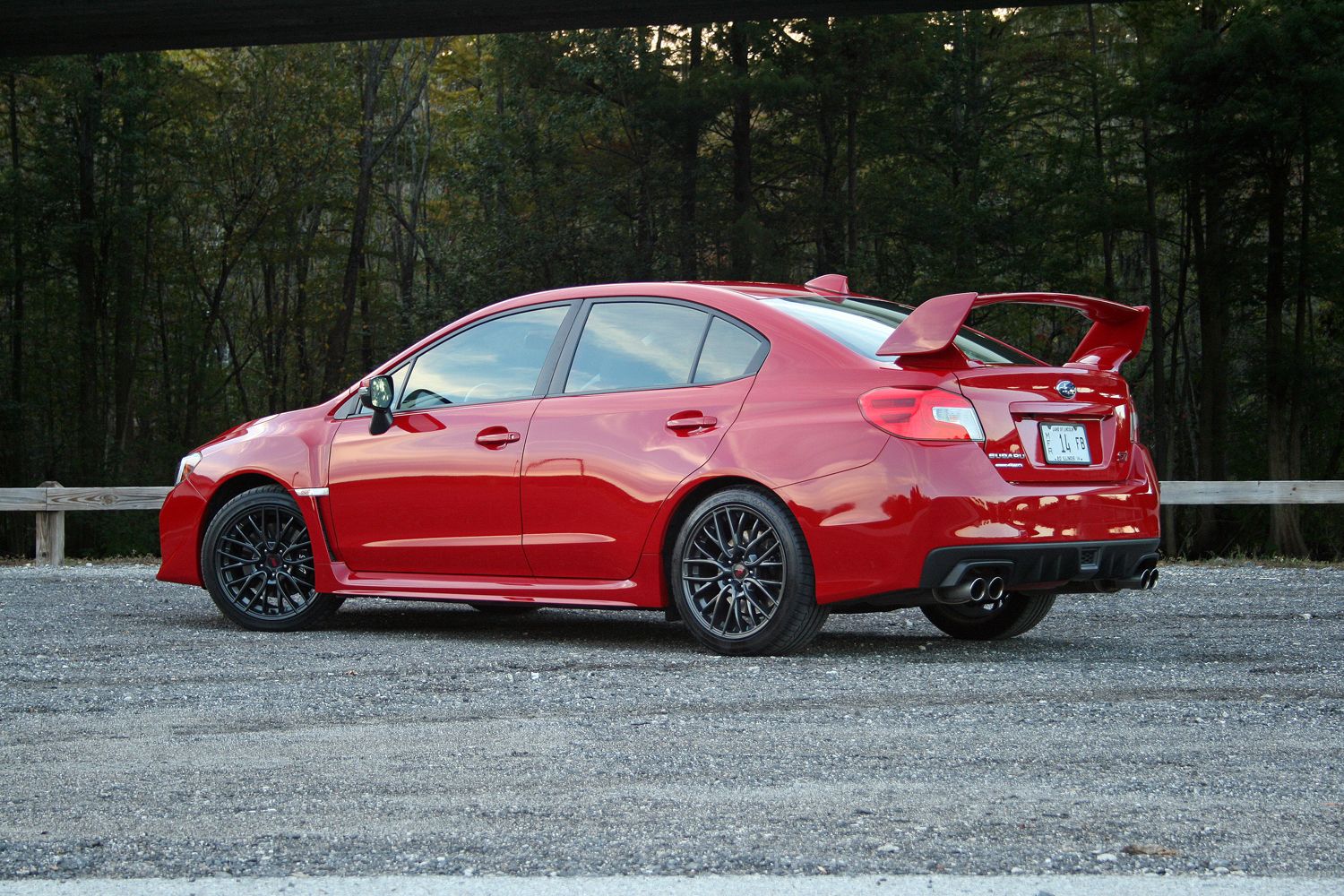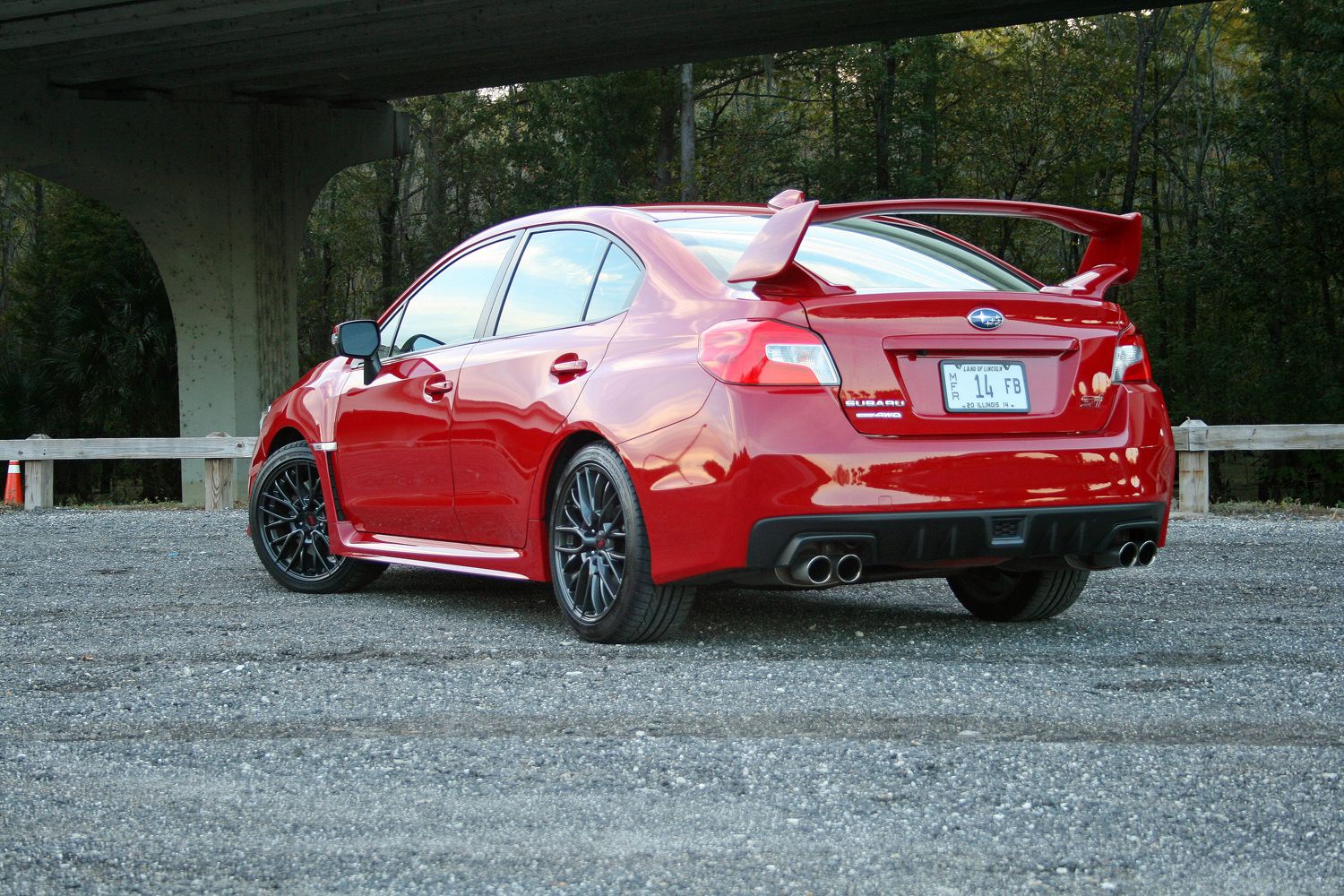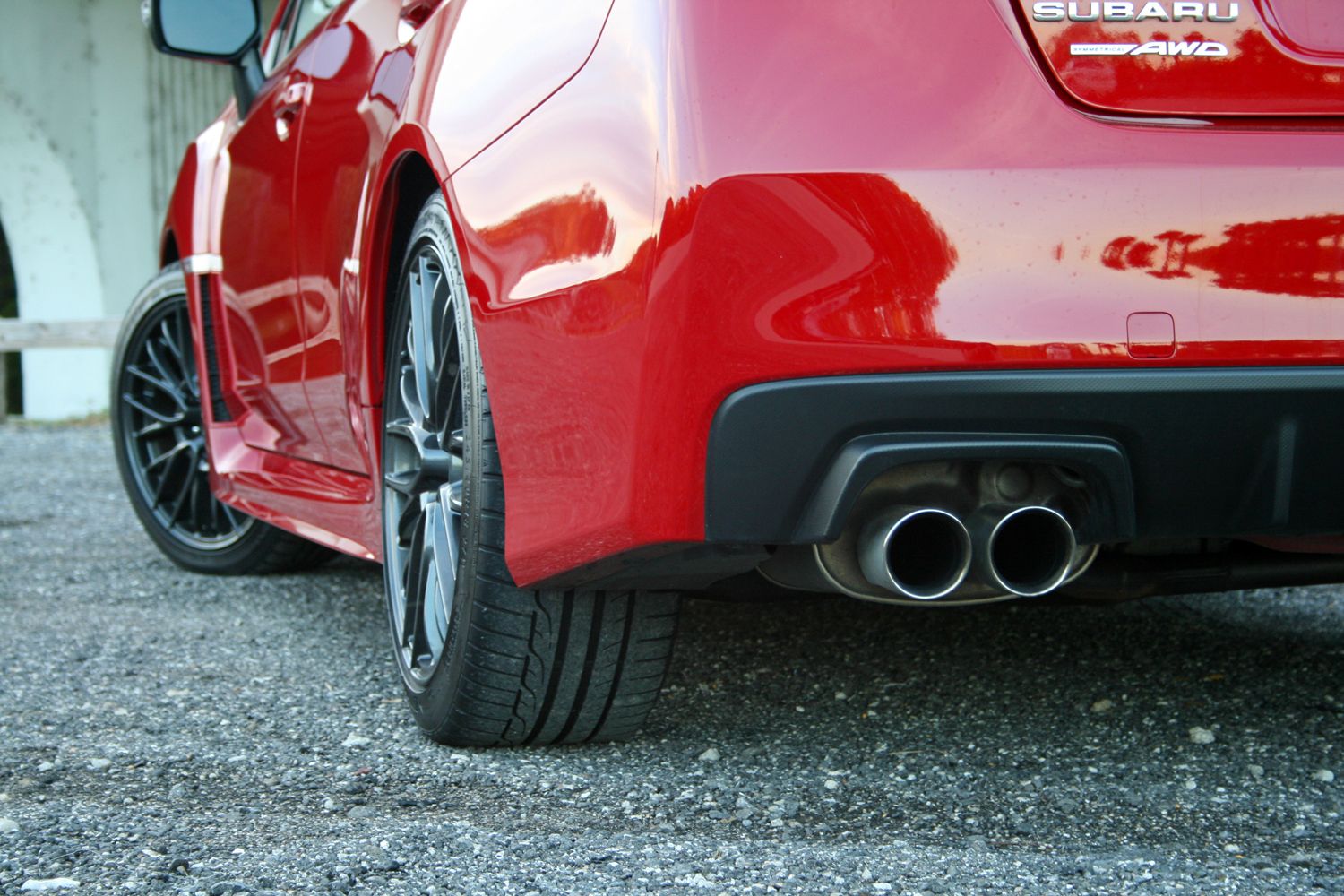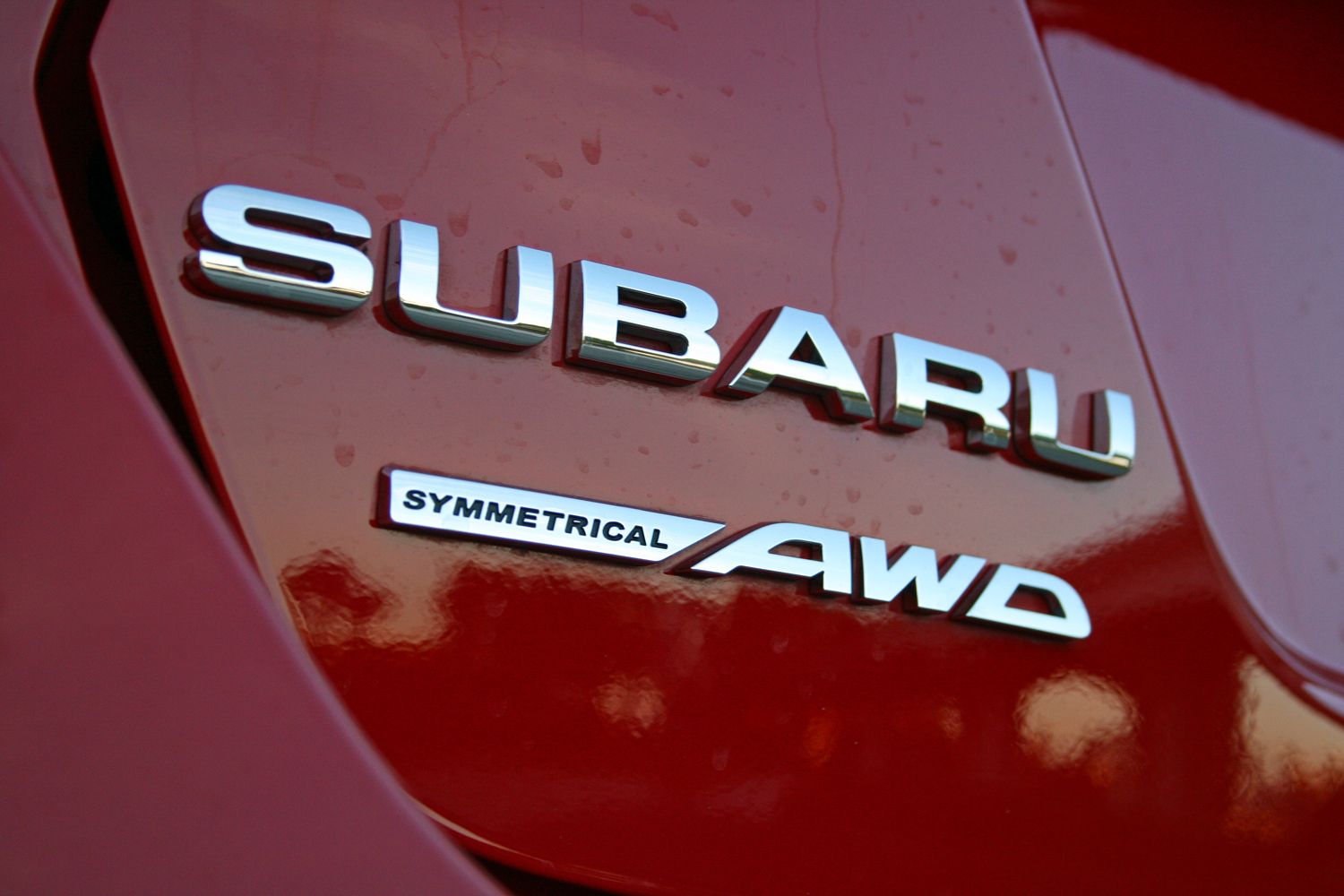The Subaru WRX STI has enjoyed a rich history over the last 20 years here in the U.S., with the first model officially hitting our shores in 1994. The hopped-up version of the Impreza->ke1319 came from Subaru’s skunkworks division, Subaru Tecnica International and featured 250 horsepower from its flat four-cylinder and of course, all-wheel drive. Now while the Impreza sedan moved into a new generation in 2011, Subaru->ke86 left the WRX STI stuck in the third generation through 2014. Essentially the automaker was building two generations of cars simultaneously, just for the STI crowd. As 2015 rolls around, Subaru has moved the WRX STI onto the new Impreza platform while keeping the same 2.5-liter, turbo flat-four as before, but adding all the welcomed improvements with the fourth-gen car. It also dropped the Impreza name, leaving just the Subaru WRX STI nomenclature on the window sticker.
I recently spent a week with the new and improved 2015 STI, flogging it around dirt roads and twisty tarmac, driving it as it should be driven. I also babied it down country highways and interstate jaunts to squeeze every last drop of fuel and treated it like a daily driver.
So does the new car live up to its rally heritage while giving owners more comfort and conveniences? Keep reading to find out.
Click past the jump for more on the 2015 Subaru WRX STI
2015 Subaru WRX STI - Driven
- Make: Array
- Model: 2015 Subaru WRX STI - Driven
- Segment: Array
- Engine/Motor: flat-4
- Horsepower: 305
- Torque: 290
- Transmission: six-speed manual
- [do not use] Vehicle Model: Array
TopSpeed Garage
Exterior
Okay, first things first -- looks are subjective. We’ve all got our own opinions. Here is mine. I find it really odd that everybody and their mother has some sort of negative thought about how the WRX STI looks. Fellow journalist critique its styling, saying it looks weird while others say it’s not weird enough. For me, I quite like the STI’s bold front styling, its massive hood scoop, and its bulging fenders. It looks angry, hunched forward, and ready to strike. Its eagle-eye headlights aim at the road as if to scare it into submission before its all-wheel-drive system pummels it to death. Even its rear wing looks good; fitting the car’s personality. Would I ever own a car with such a wing? No, but I might if it's attached to an STI. I forgive you, boy-racer rear wing.
Getting back to objectivity, the WRX STI now lives in the updated, forth-generation Impreza body, but carries plenty of new bodywork to set it above. Only the roof and the rear deck lid are shared between the two cars. Even the STI’s doors feature a crease along the rocker panel that add aggression.
Interior
Like the exterior improvements, the WRX STI’s interior has been completely reworked. It now shares the design with the regular Impreza sedan, including its dashboard, seating position, and tall greenhouse. The interior does get plenty of STI upgrades though, like the red accents and stitching, the carbon-fiber accents, heavily bolstered seats, a digital boost gauge, and or course, the manual transmission.
The three pedals of the manual gearbox are covered in aluminum that mirrors other aluminum accents on the steering wheel, center console, and gear shifter.
Ergonomics are pretty good overall. Things are easy to reach and operate. The pedals are nicely placed and the HVAC controls are easy to figure out. Rear seat room is generous for this size car, though the lack of a folding center armrest is a letdown. Even the front seats don’t have much of an armrest, which is even more disappointing.
There are other downsides to the STI’s interior. It’s loud with road and wind noise and the base radio sounds like a Kenwood tape deck from 1988. The radio’s head unit is also difficult to control with frustrating menus. But that’s not why people buy STIs, is it? Nope. (See next section)
Powertrain
Those wanting an STI understand what the car is about: power, a taut suspension, a slick manual transmission, all-wheel drive, and the ability to tackle a WRC rally course right off the showroom floor.
Sitting under that massive hood scoop is the same engine the last generation STI had: the 2.5-liter turbocharged flat four-cylinder making 305 horsepower and 290 pound-feet of torque. Those numbers do live a bit high in the powerband, at 6,000 and 4,000 rpm respectively, but there’s a decent amount of power when the turbo spools up from 3,500 on. Revs come quickly so dialing in throttle is easy.
There’s only one transmission option and that’s the race-spec six-speed manual. Its gates are well placed and throws are short. I did find myself missing the two-three up shift under heavy acceleration a couple times, however. Get it right though, and the trans is very rewarding, offering plenty of feel and fun.
I’ve driven my fair share of all-wheel-drive cars over the years, but this is the only one I’ve felt working so actively, especially while tearing down unpaved roads. The system’s torque vectoring abilities really shine through, noticeably sending power to the wheels that need it. It’s like the car knows the road ahead and is actively clawing its way around the corner -- sideways, of course. The system does a great job at rotating the car around the corners, letting the inside front wheel pull the car through while the rear end is having fun hanging loose.
On the street, the system is less noticeable, but still works diligently at getting the power down. Full bore acceleration just happens without fuss, much torque steer, or tire spin. It’s a beautiful thing.
Driving Impressions
The Subaru proved to be a great blast. It gives an engaging driving experience with gratifying feedback from all the driving controls. The seat-of-your-pants feel is very raw and expressive, letting you know what the car is doing while not being overly harsh. It's funny how the car behaves so well over the most deplorable road conditions yet smooths right out and calms down on newer pavement. It lets this rally car double as a daily driver rather effortlessly. At the end of the week, my average mpg meter read 21.3.
The open greenhouse with its large windows gives a spectacular view outside, aiding in diving the car quickly. The hydraulic steering provides good feedback and has a decent on-center feel. At only 2.5 turns lock-to-lock, the car is easy to fling around. The brakes work well than the clutch has a short take-up with a positive engagement.
Price
My tester came bare-bones stock with nary an option. The base price is listed at $34,495 before the $795 destination fee is tacked on. All told, the grand total came to $35,290. That’s not a bad price when considering all the functionality built into the car and its racing pedigree. Conversely, the bottom line starts looking pricey when factoring in the sparse interior and chintzy radio.

